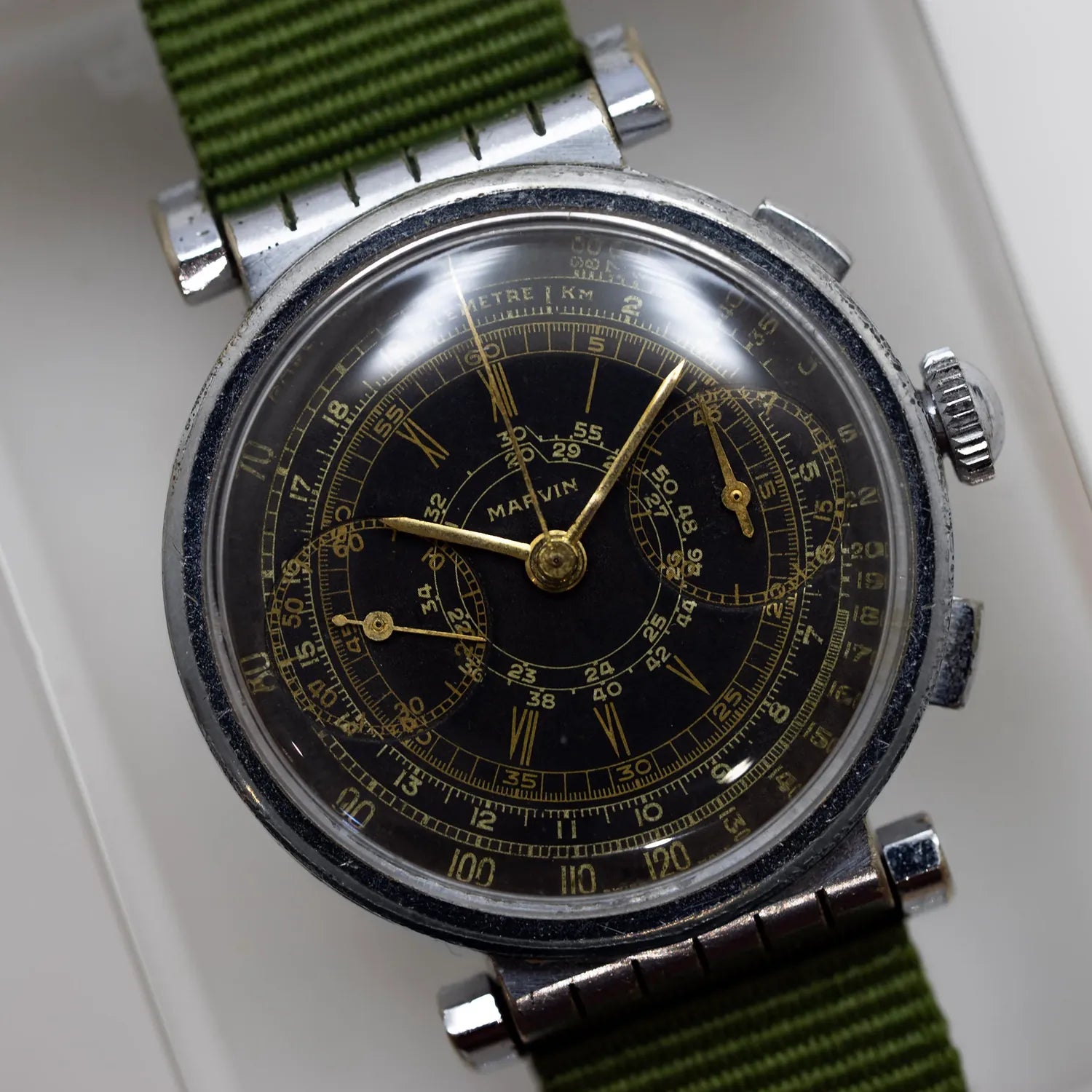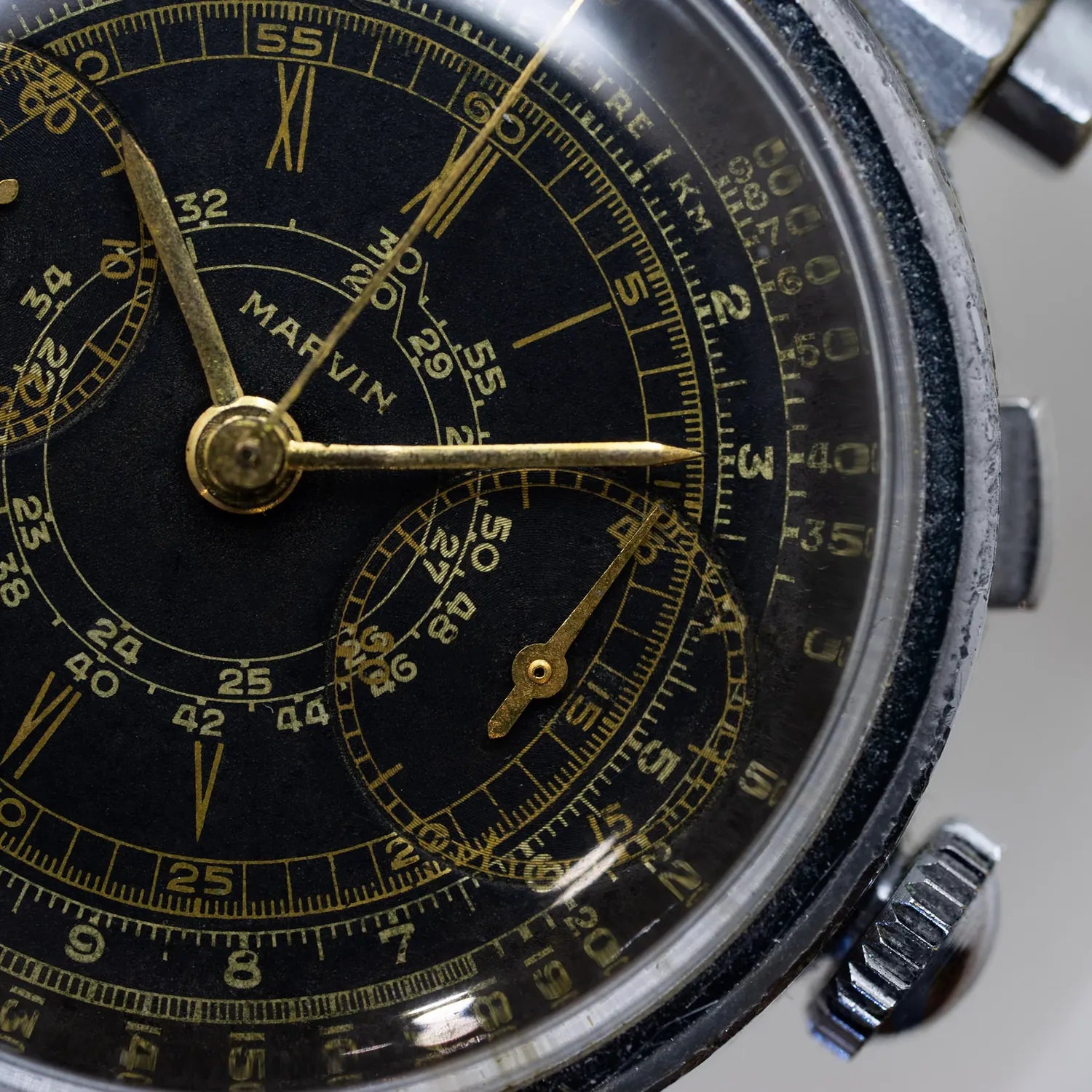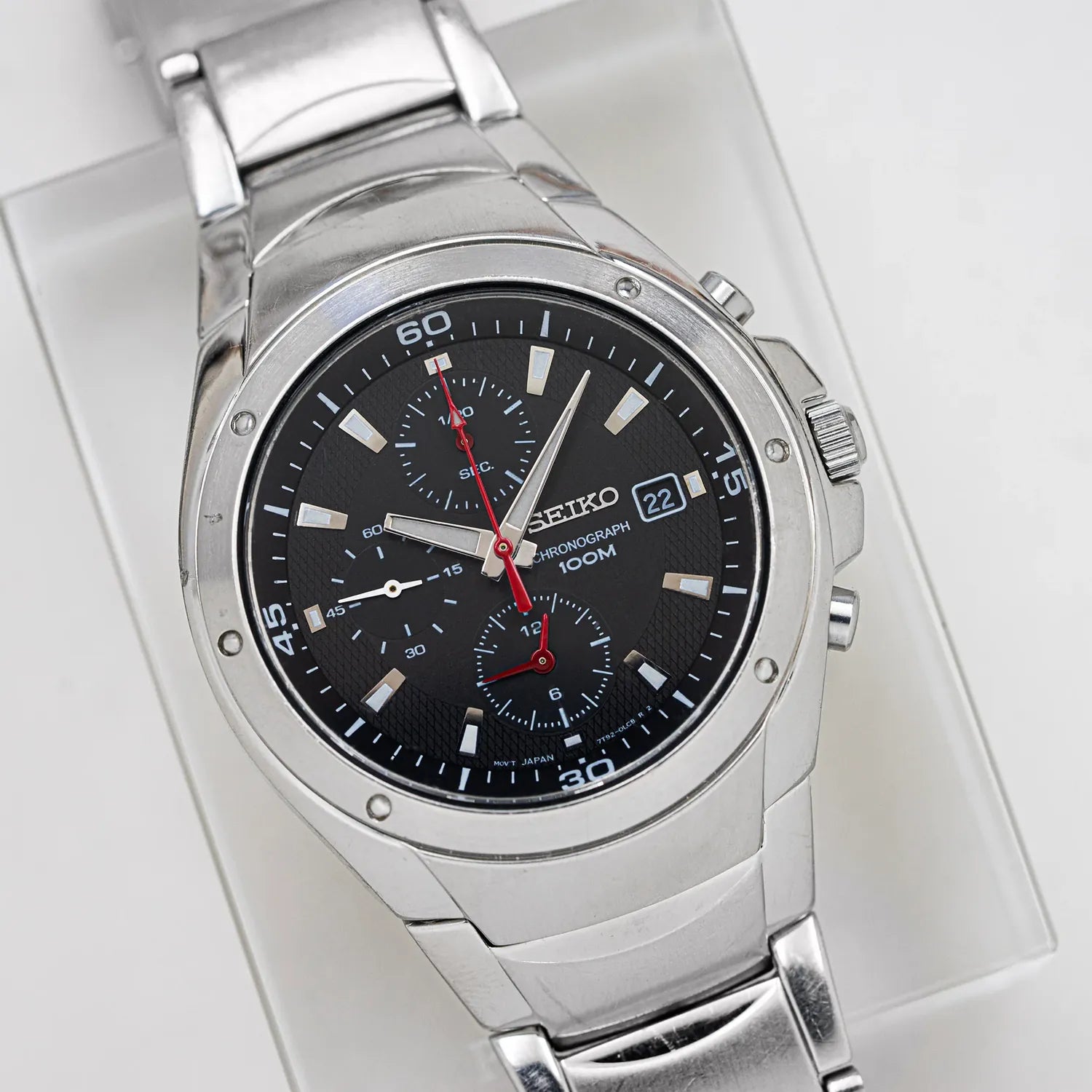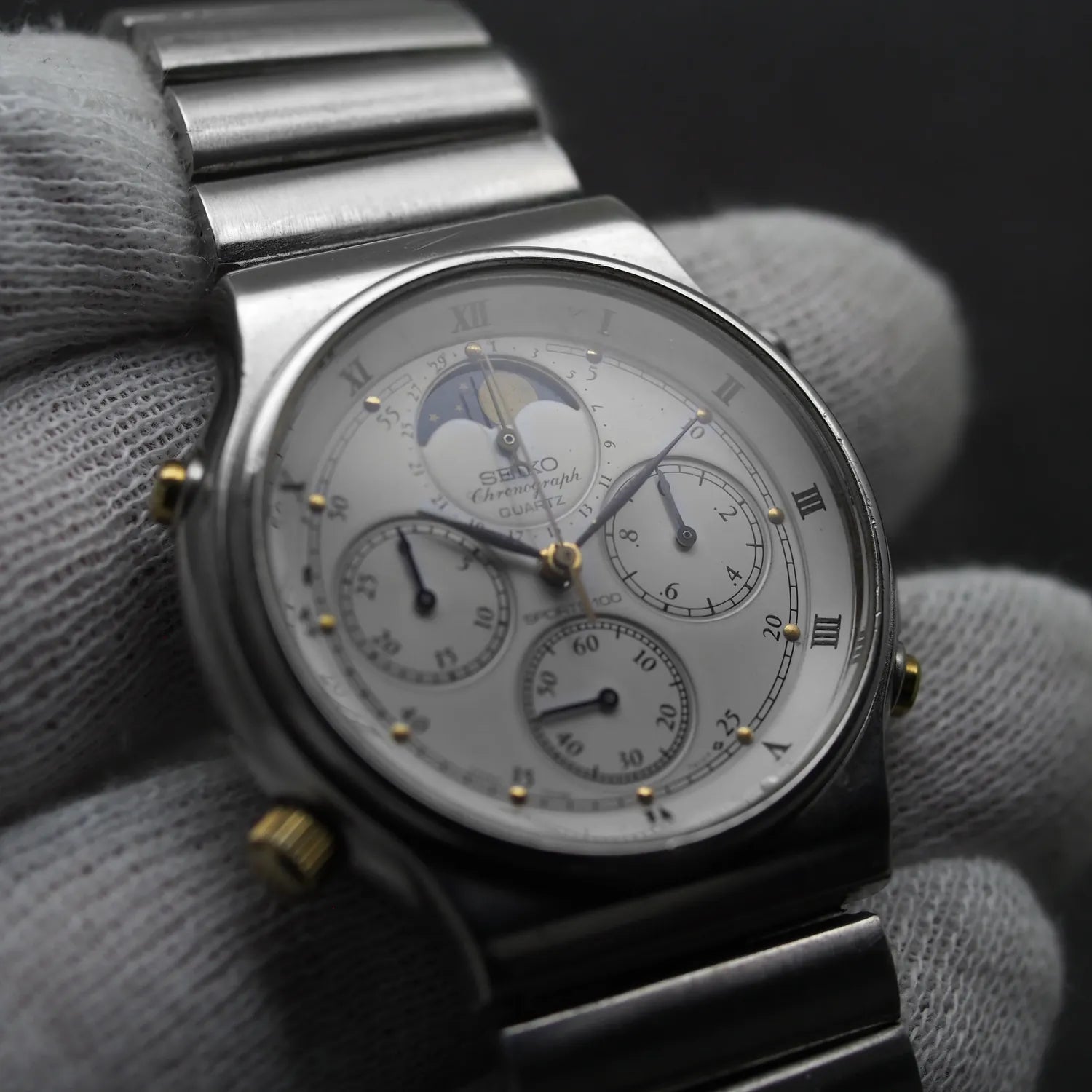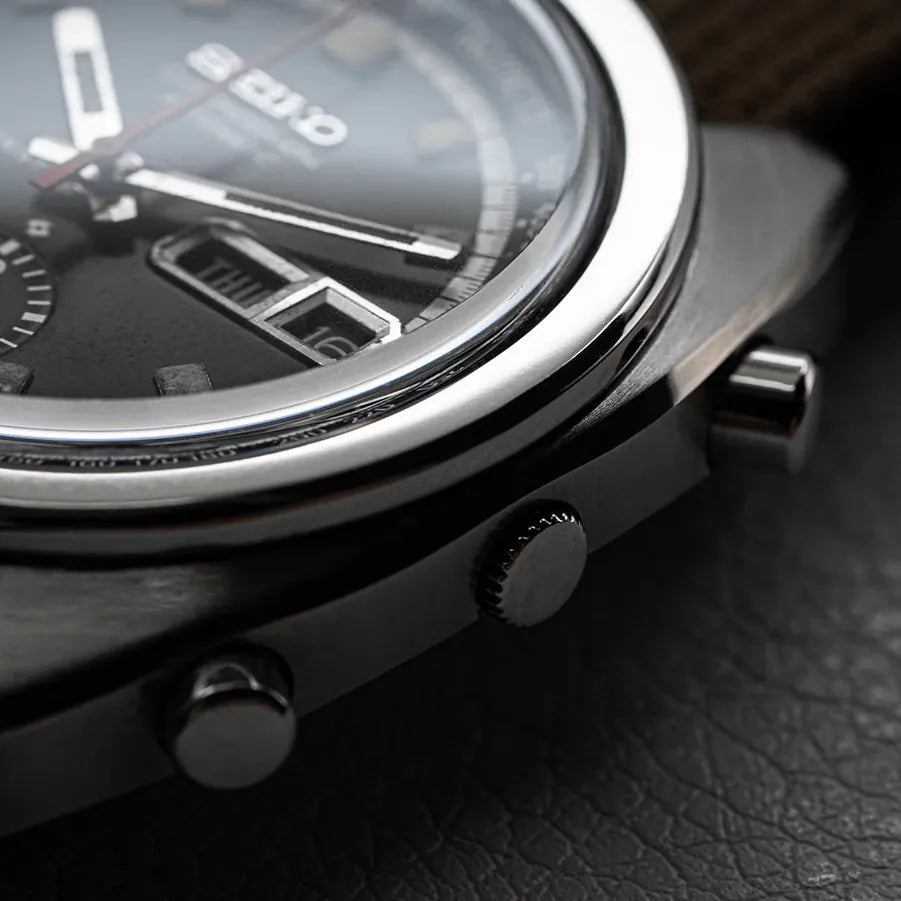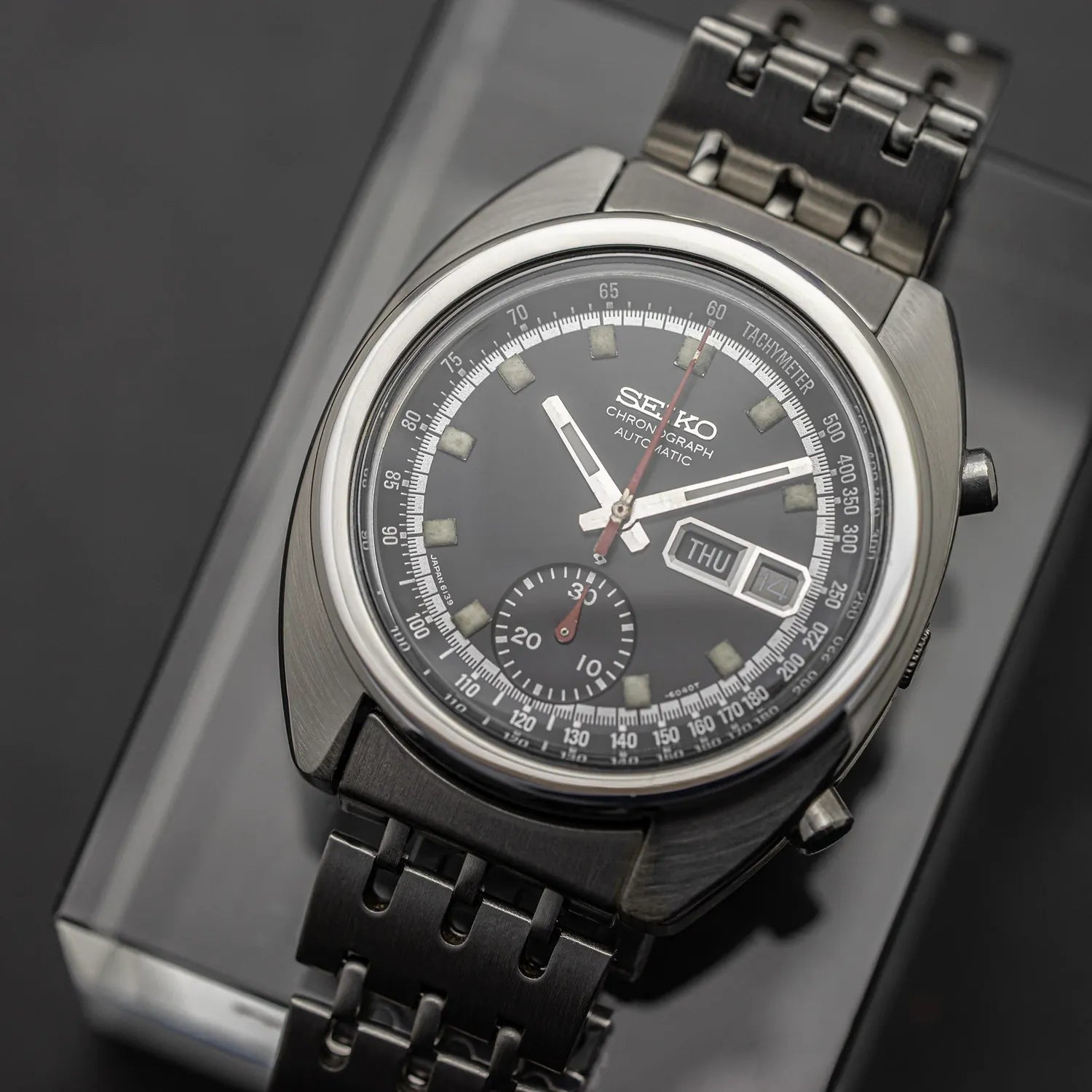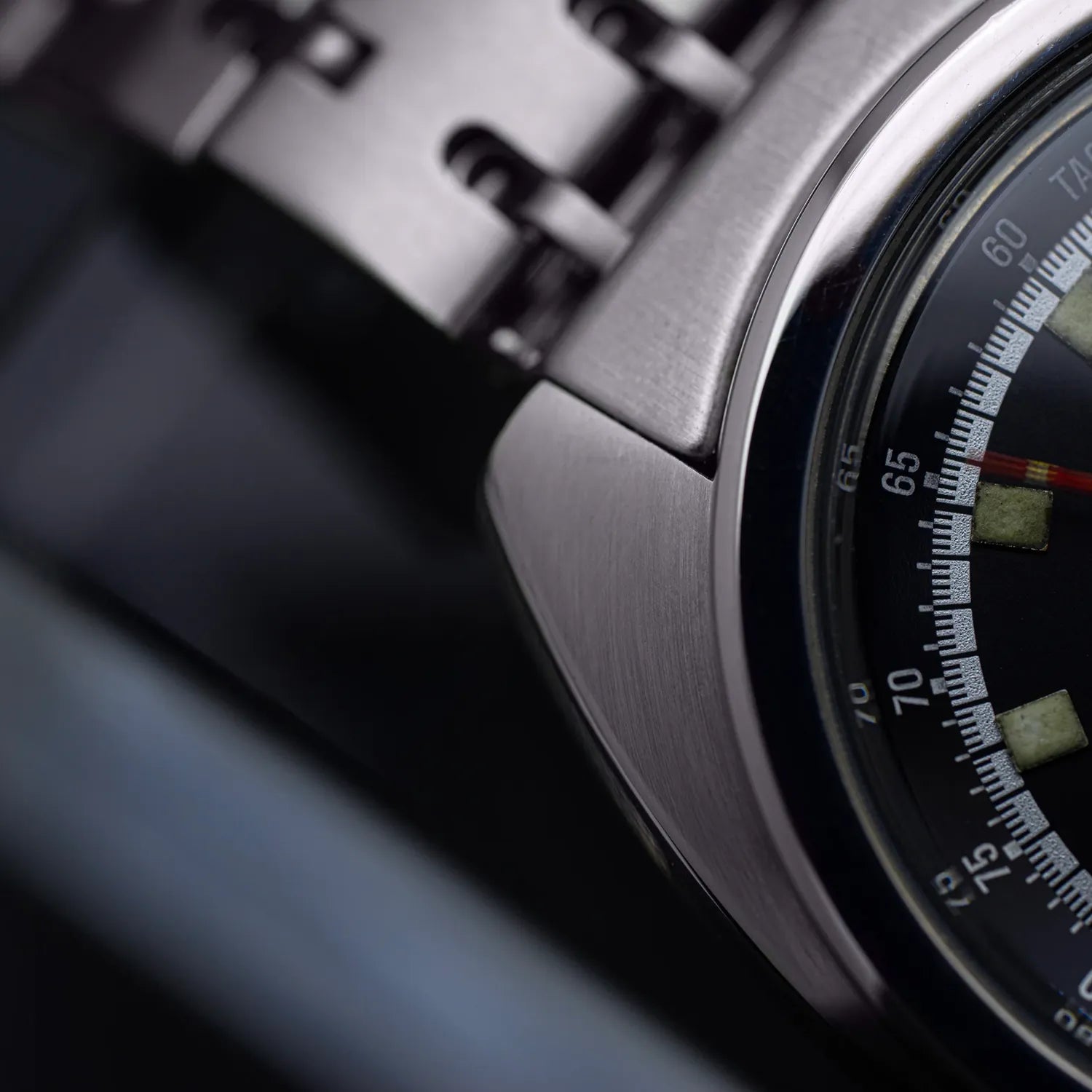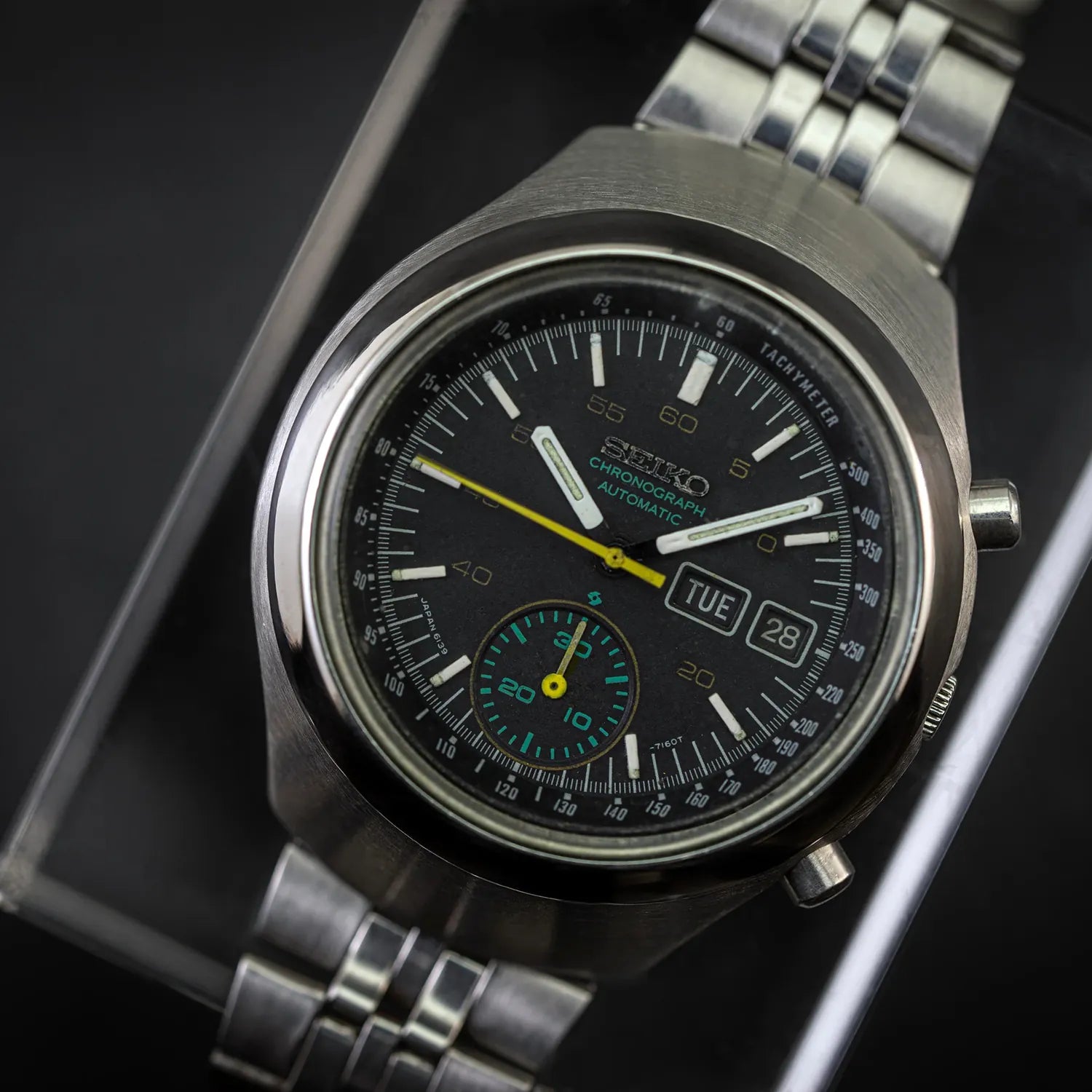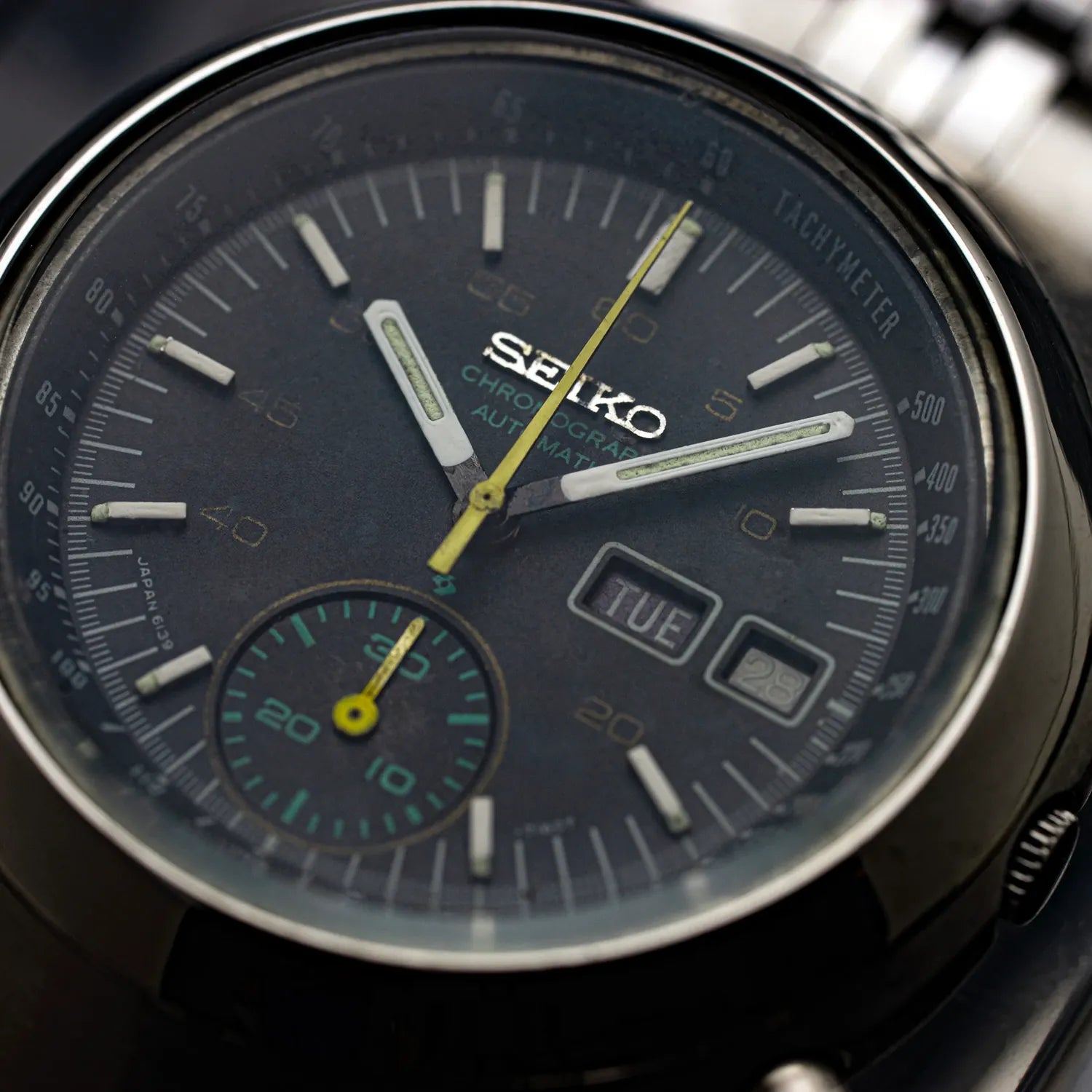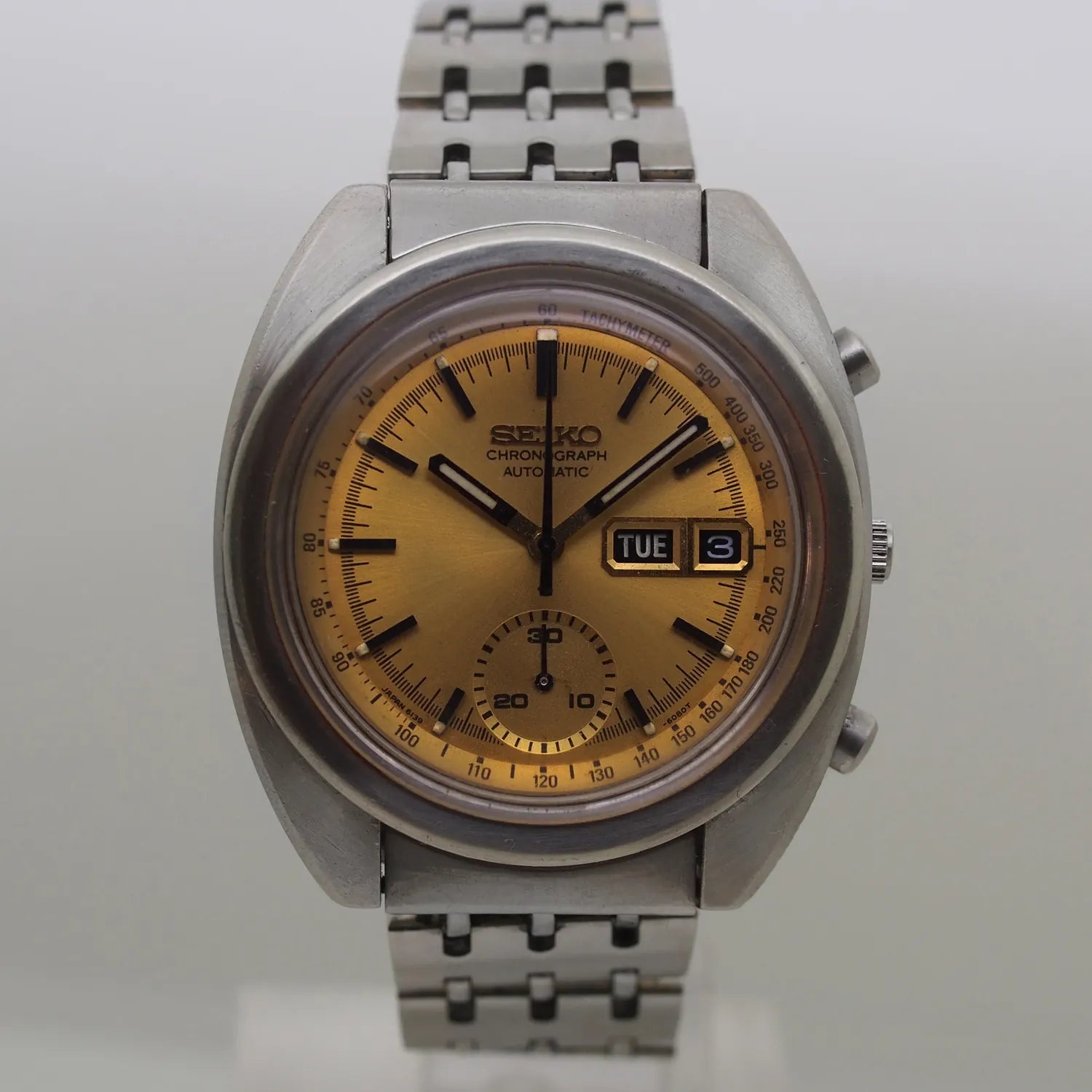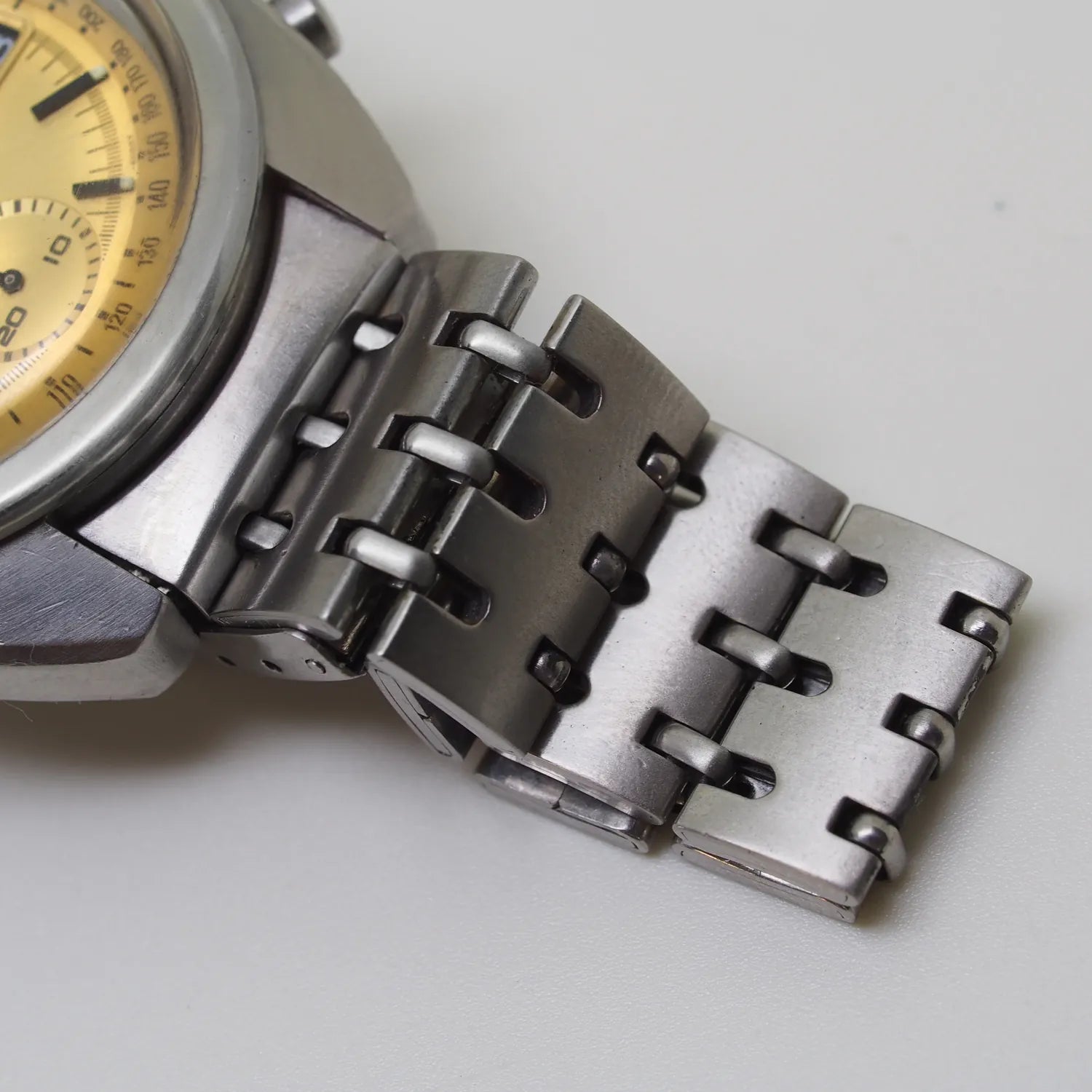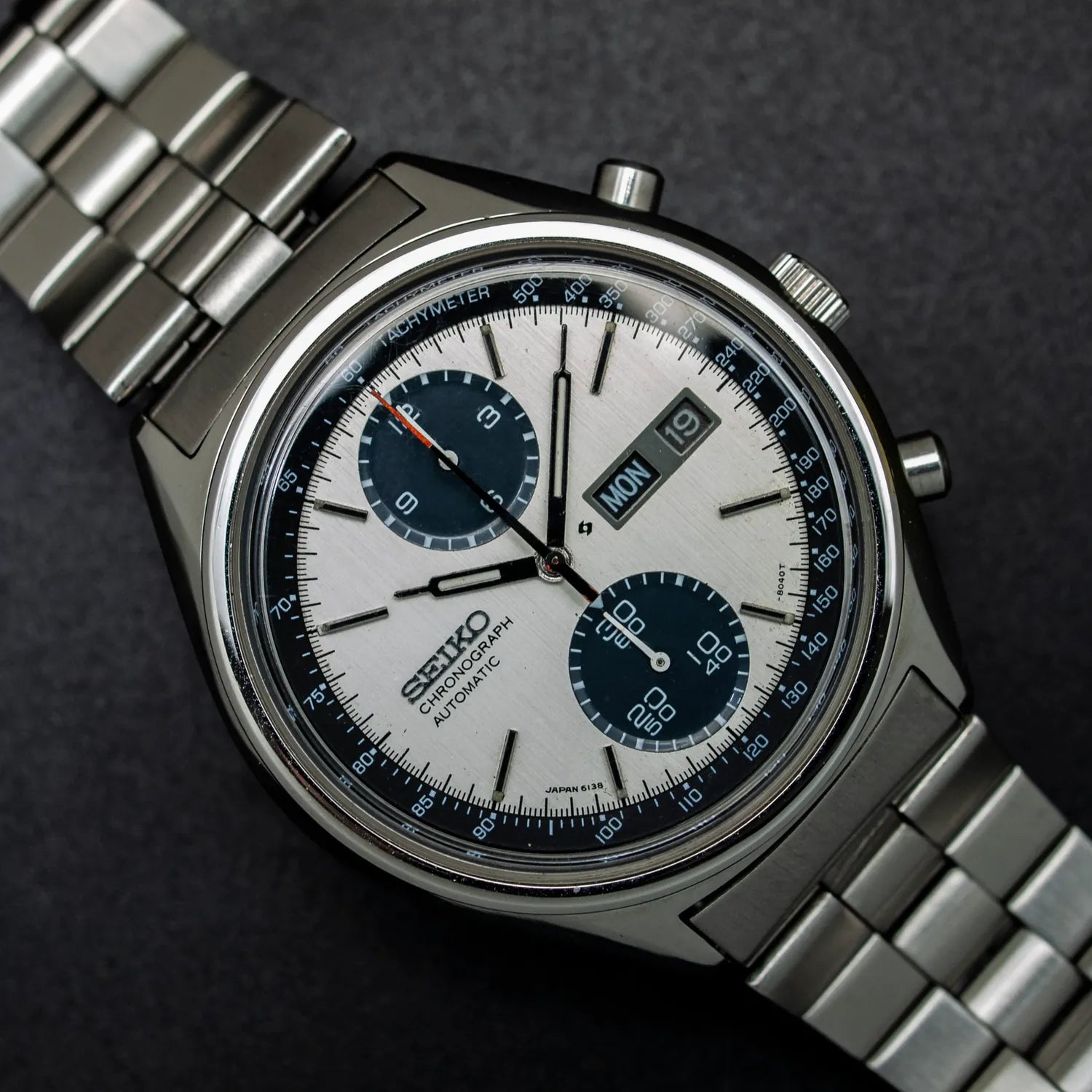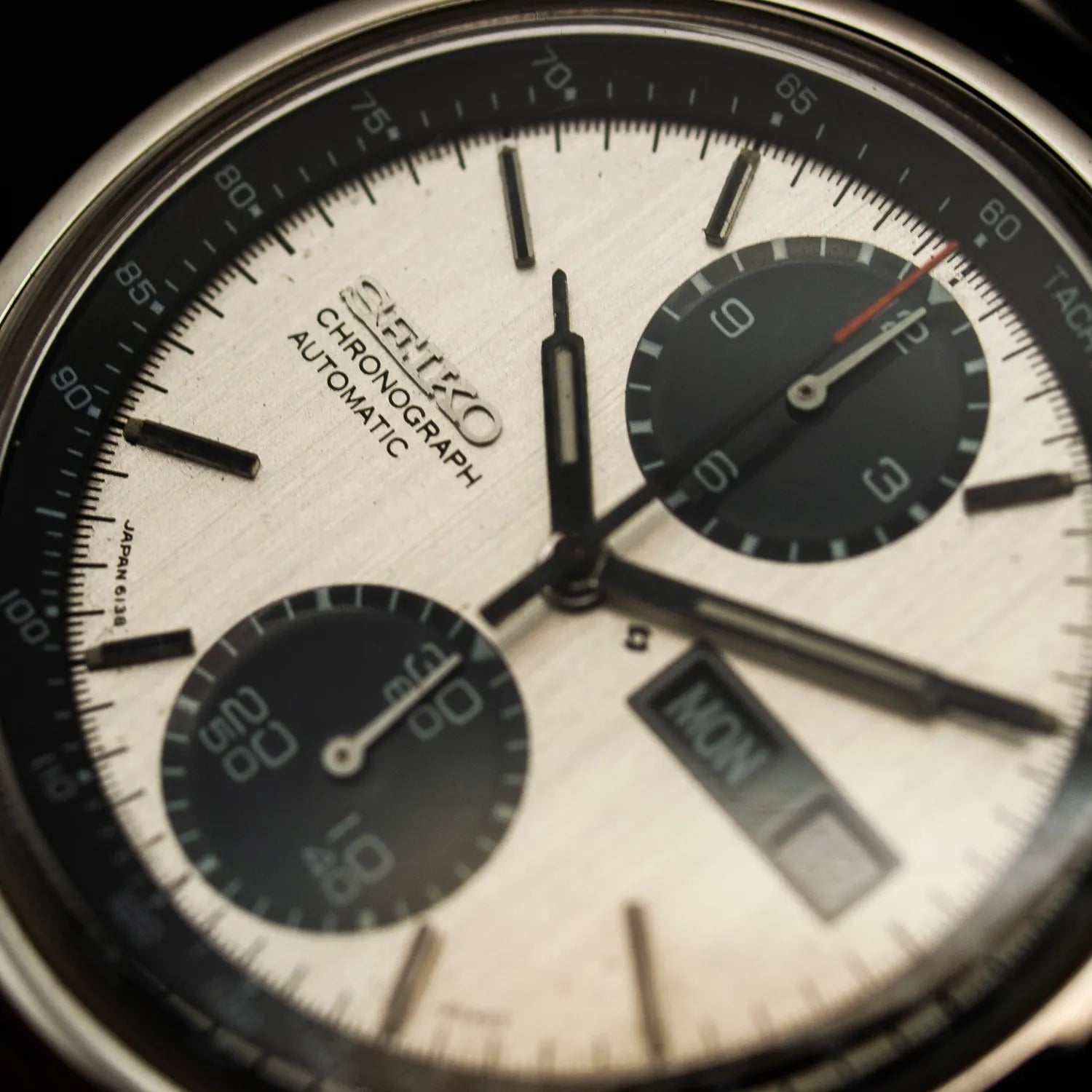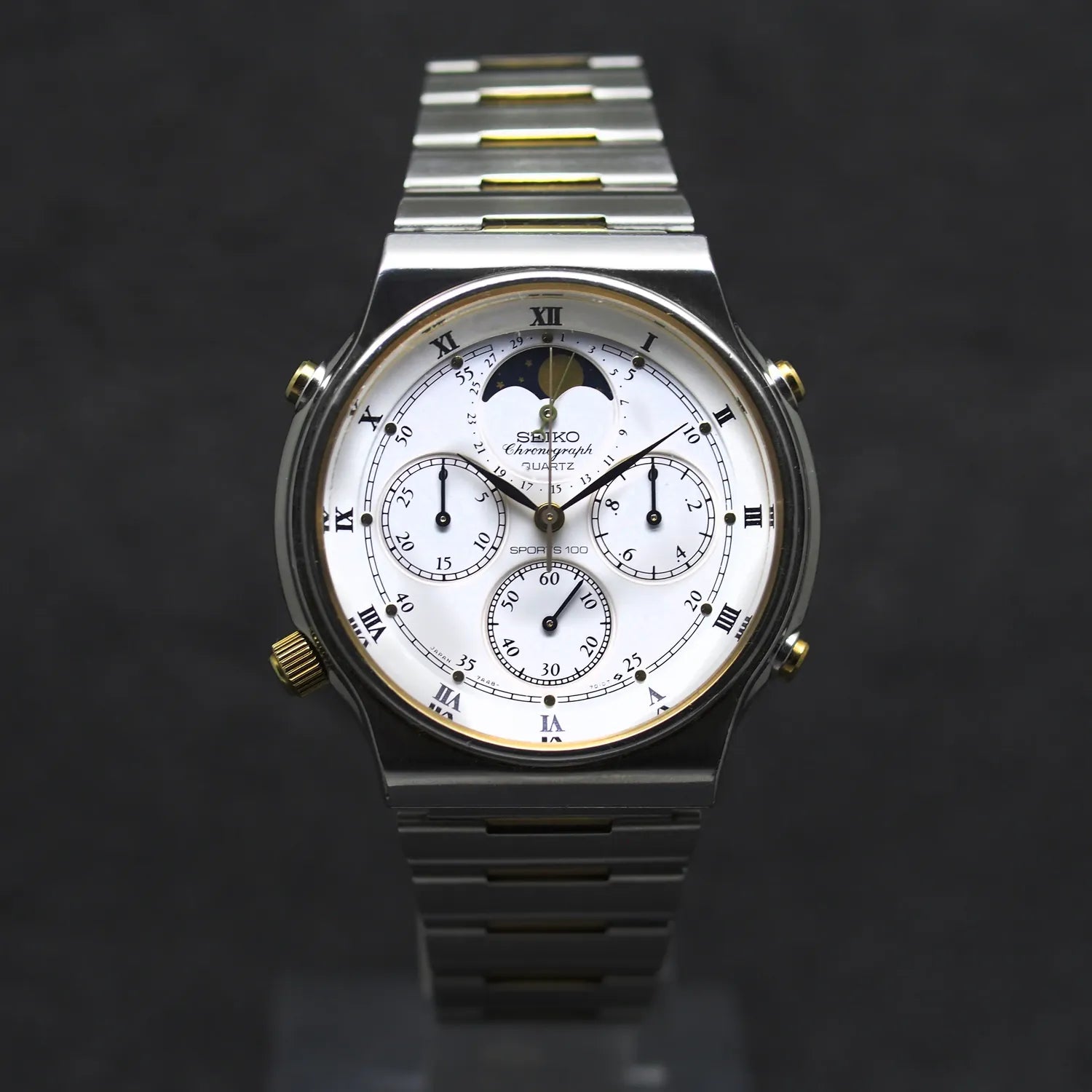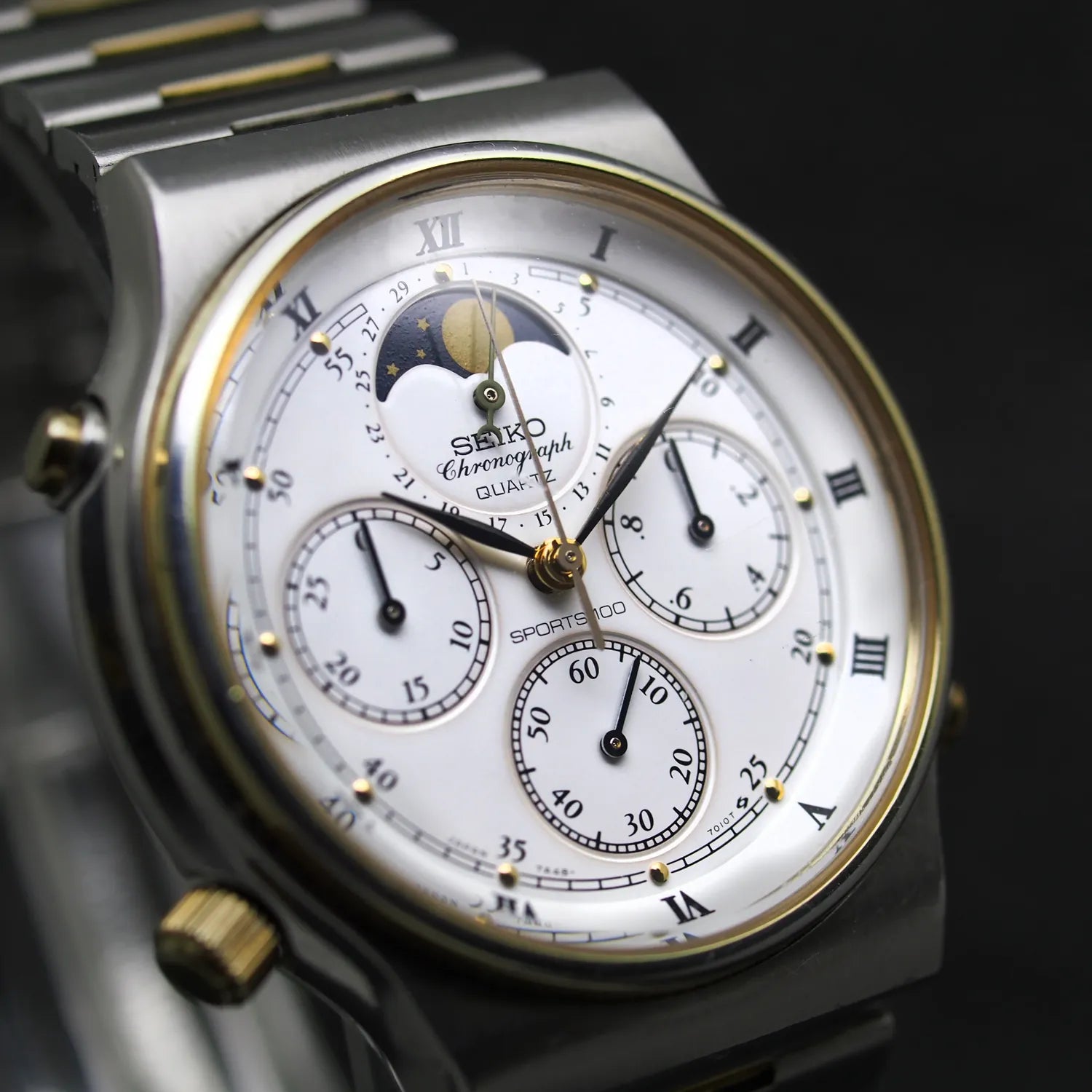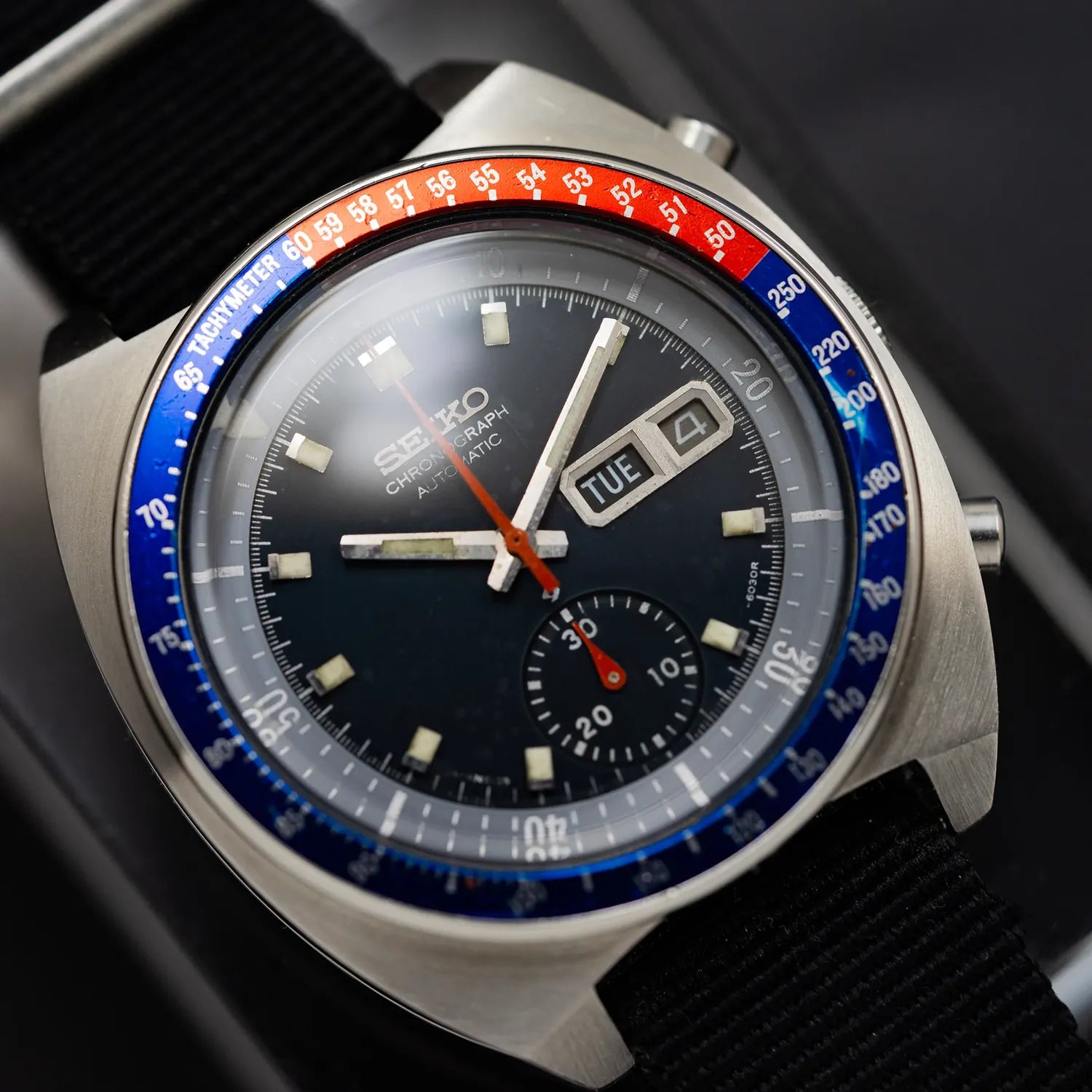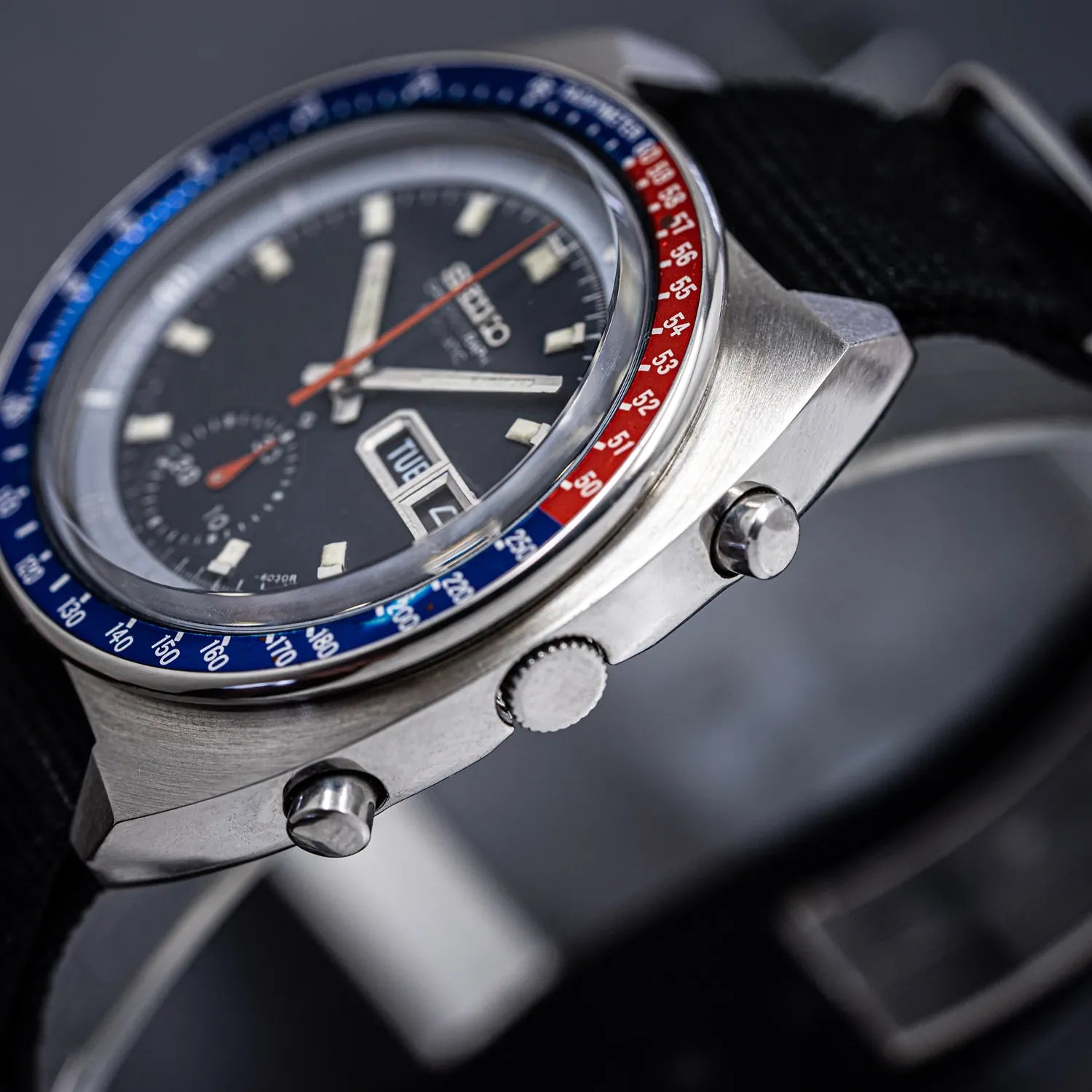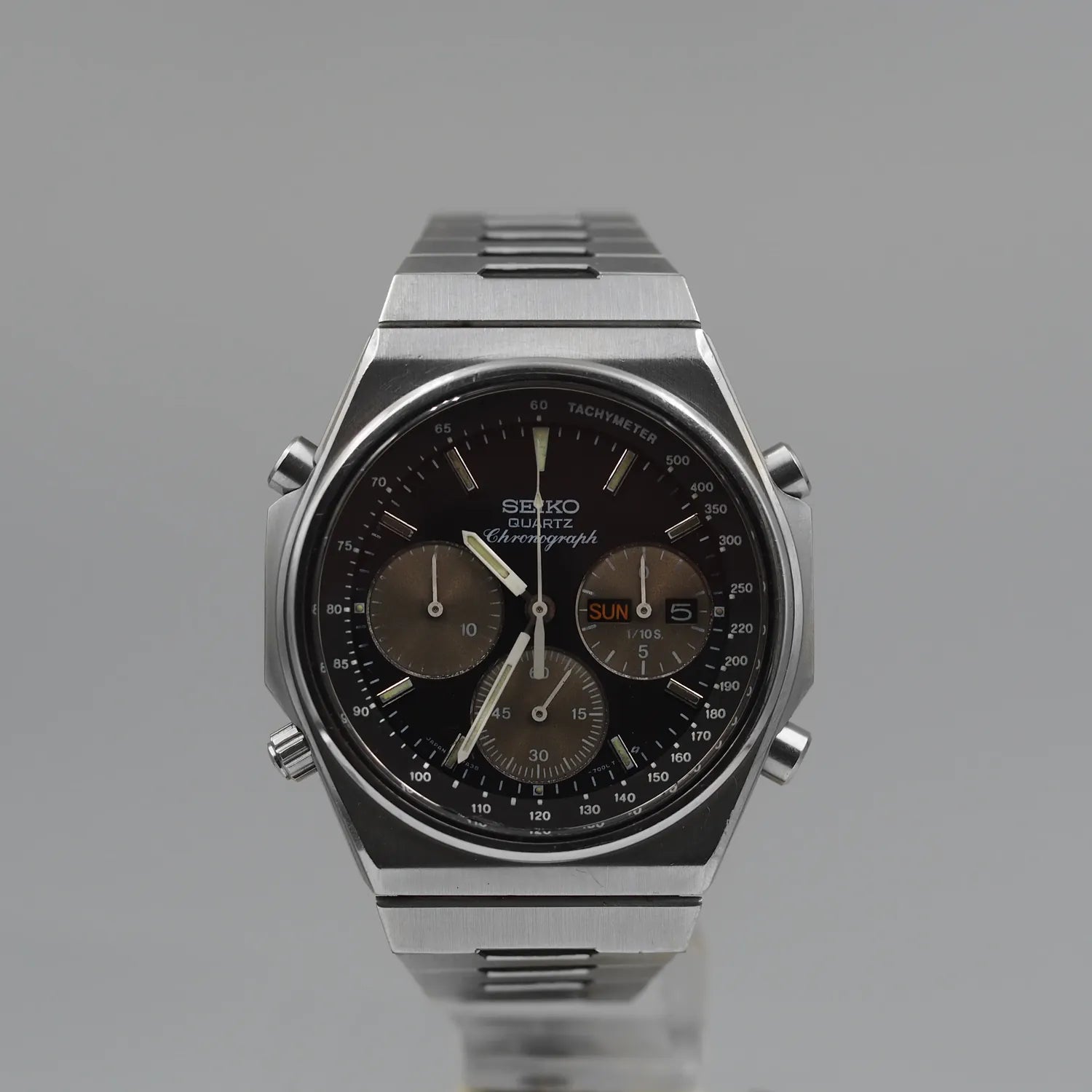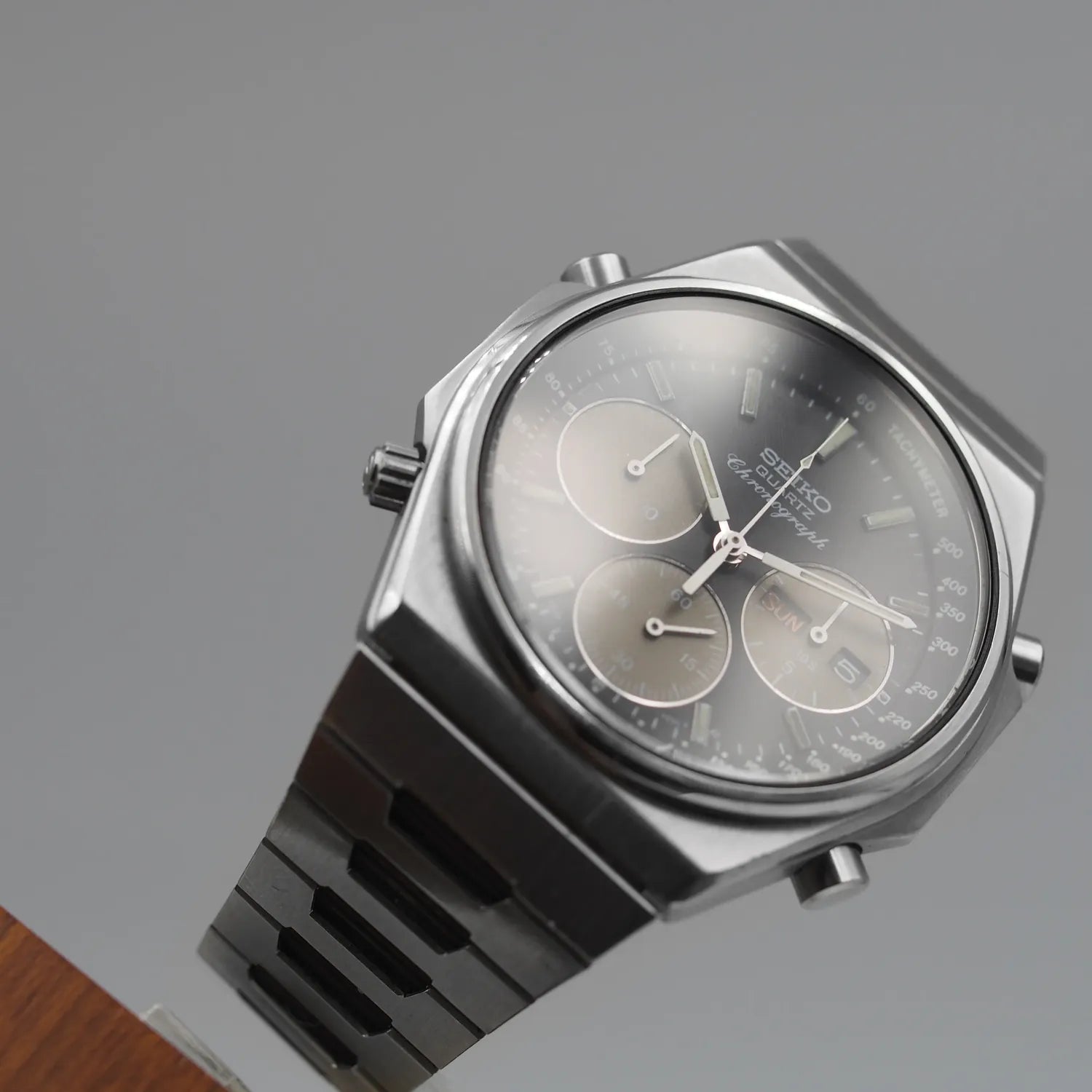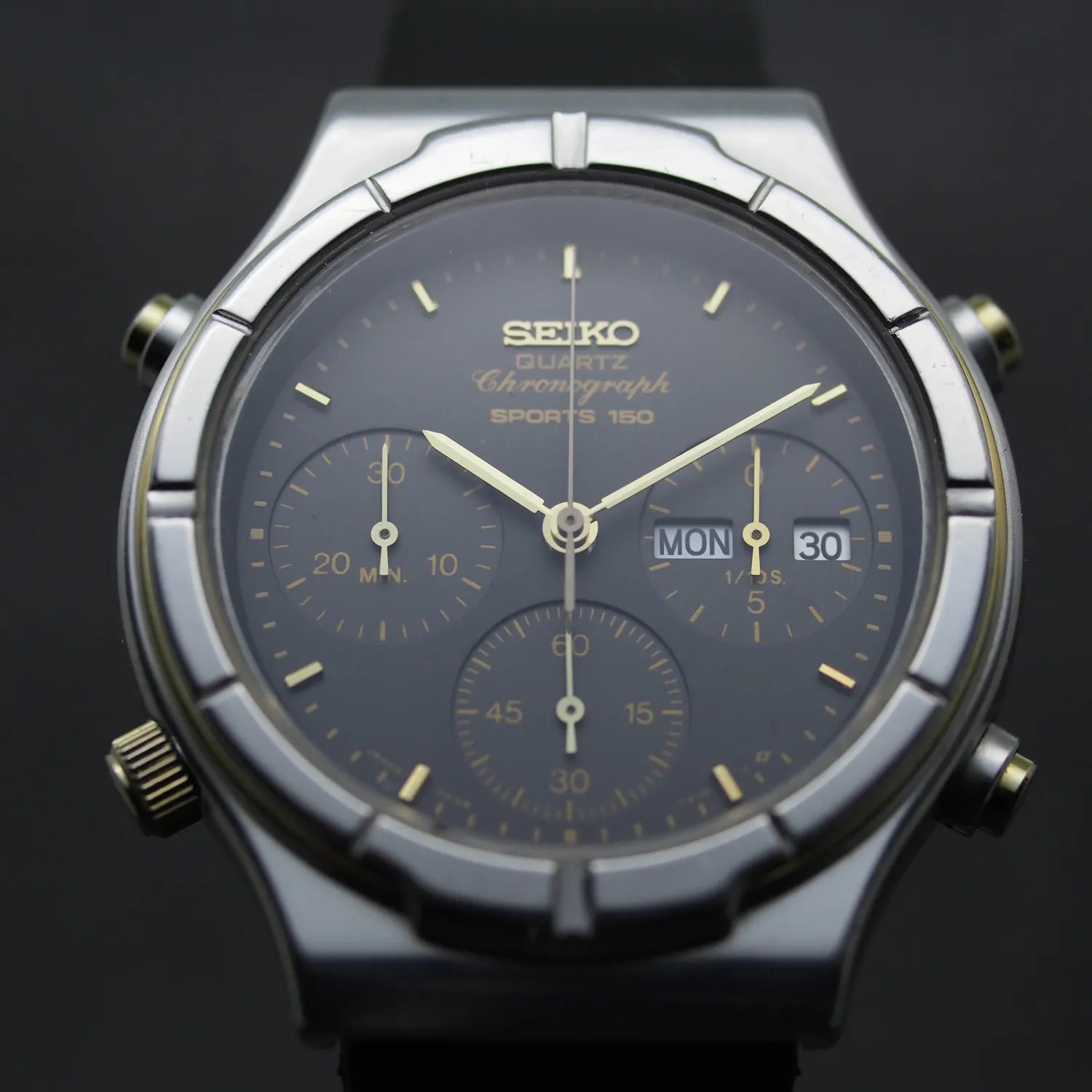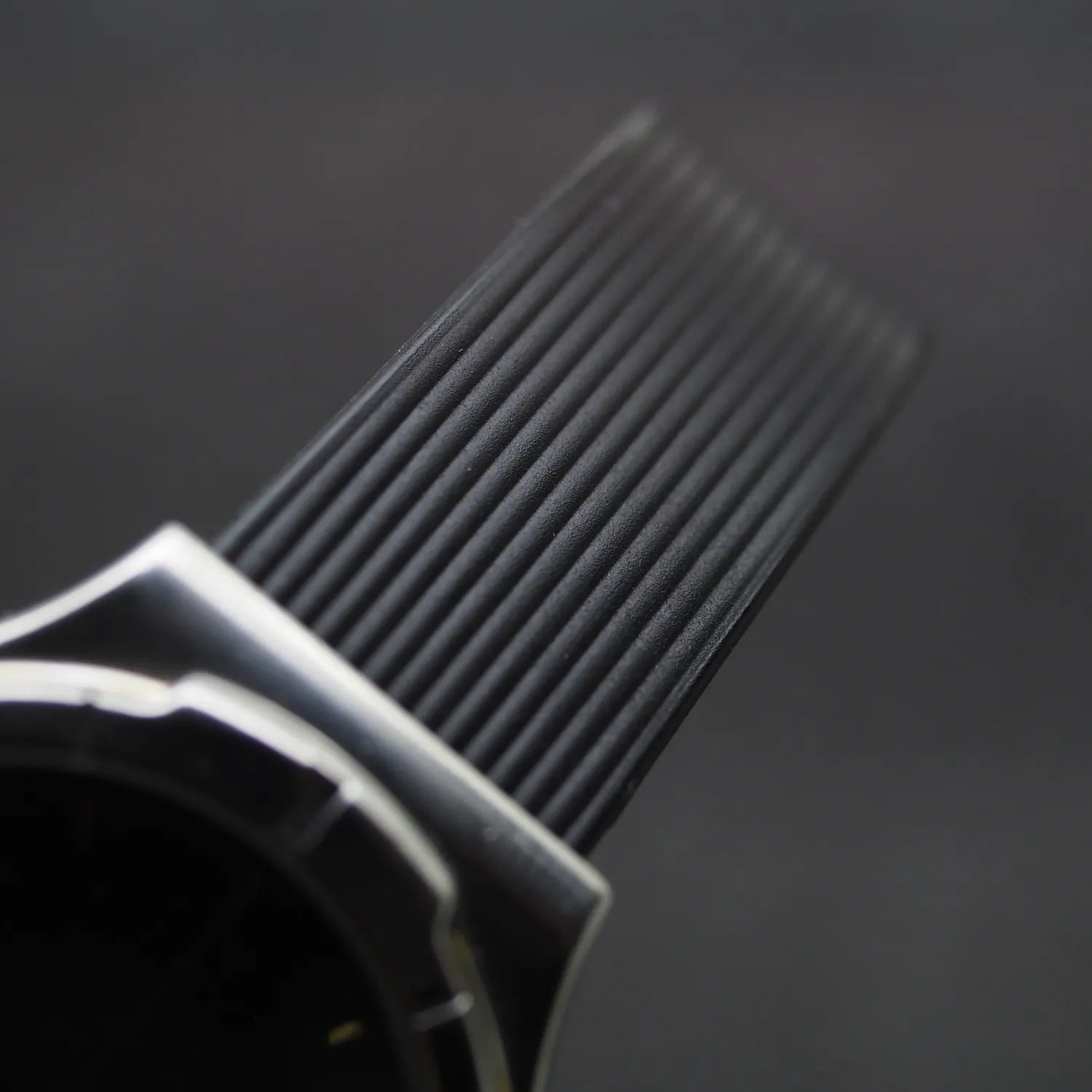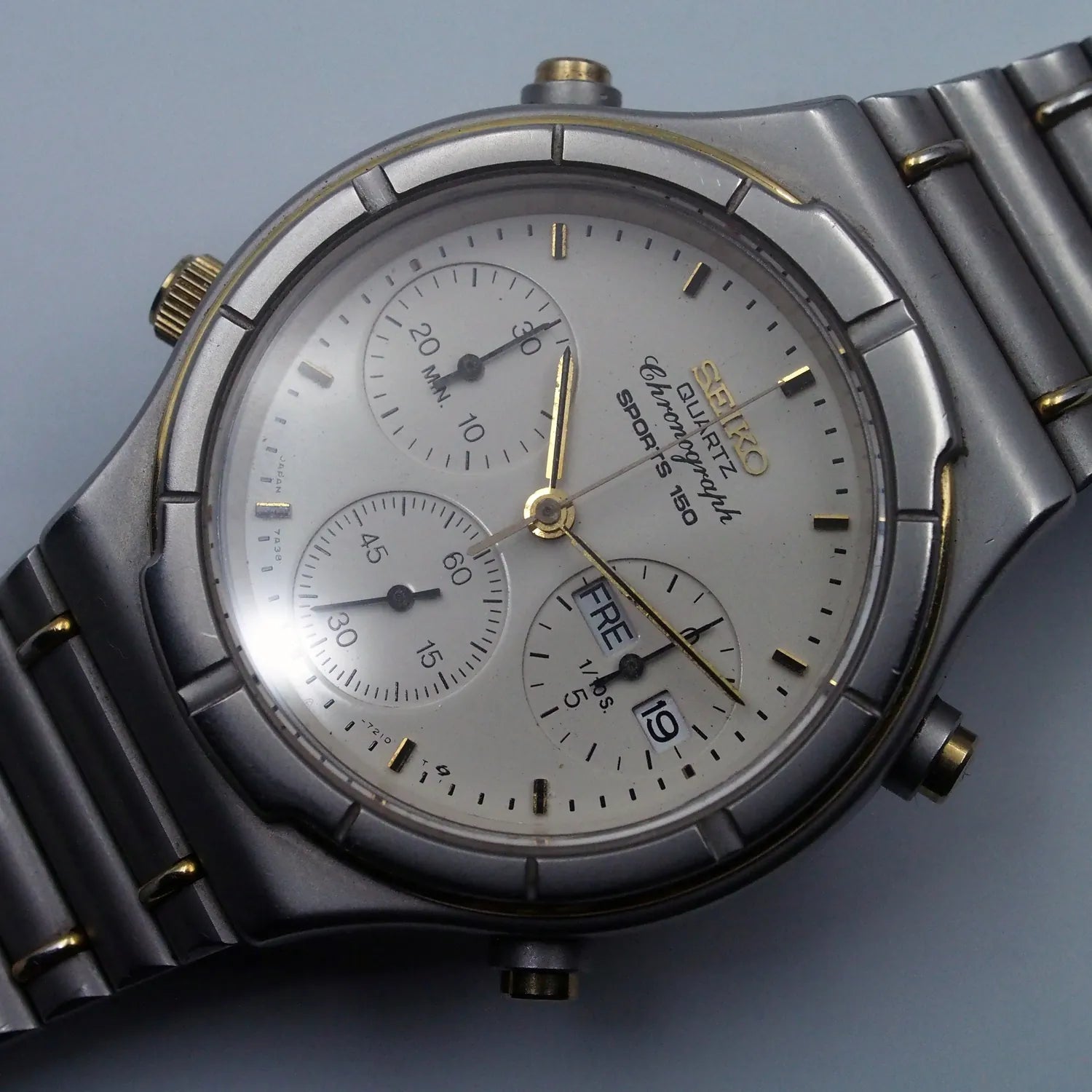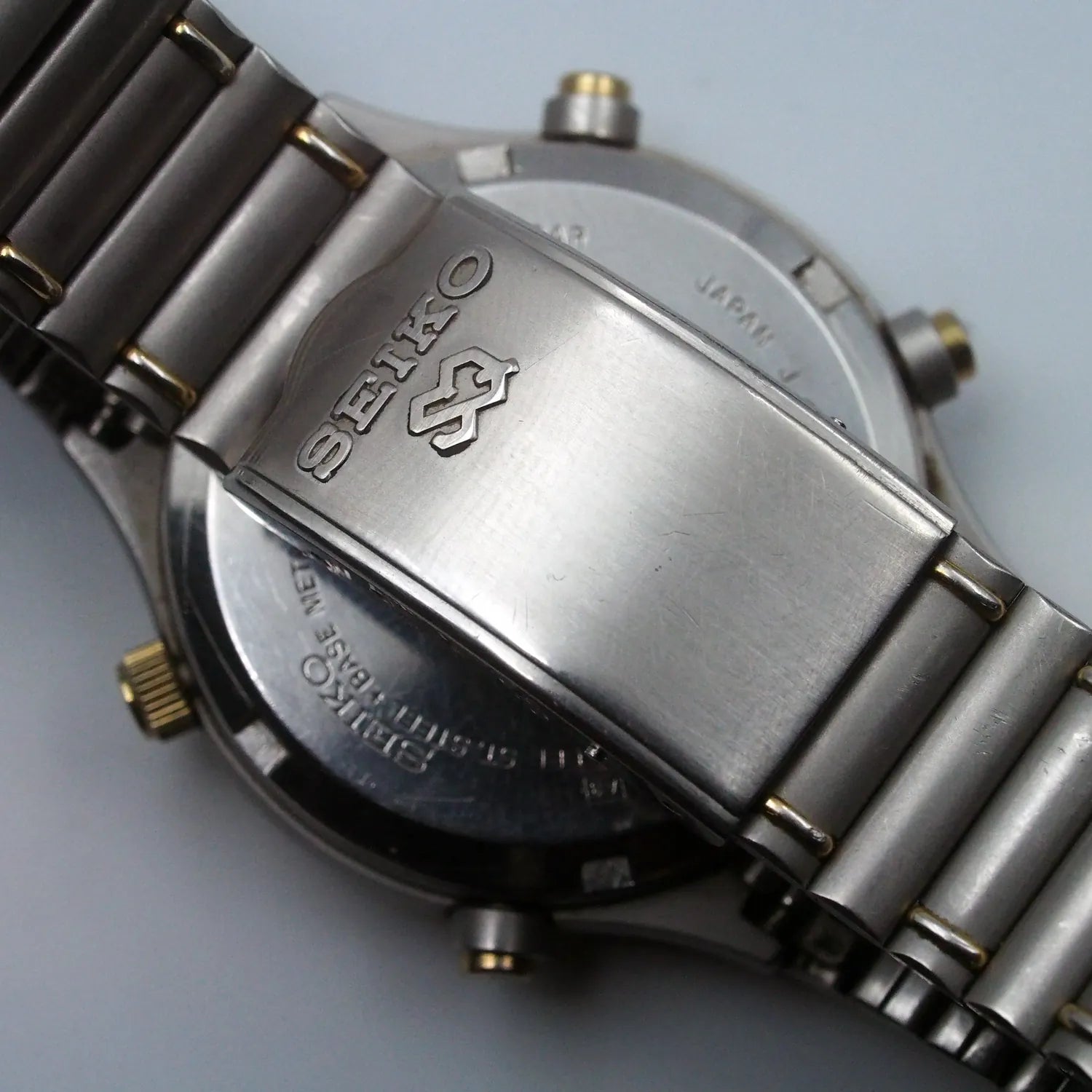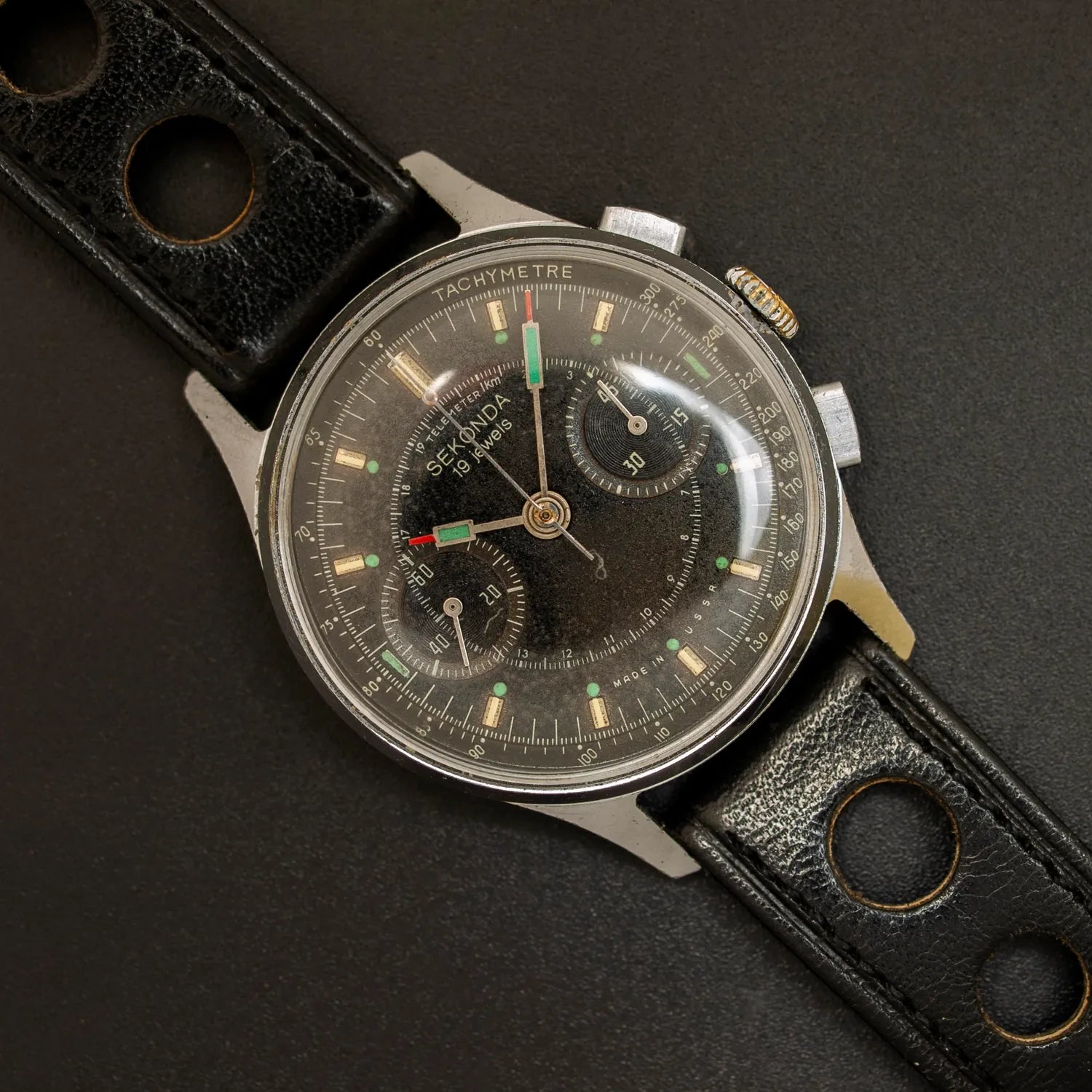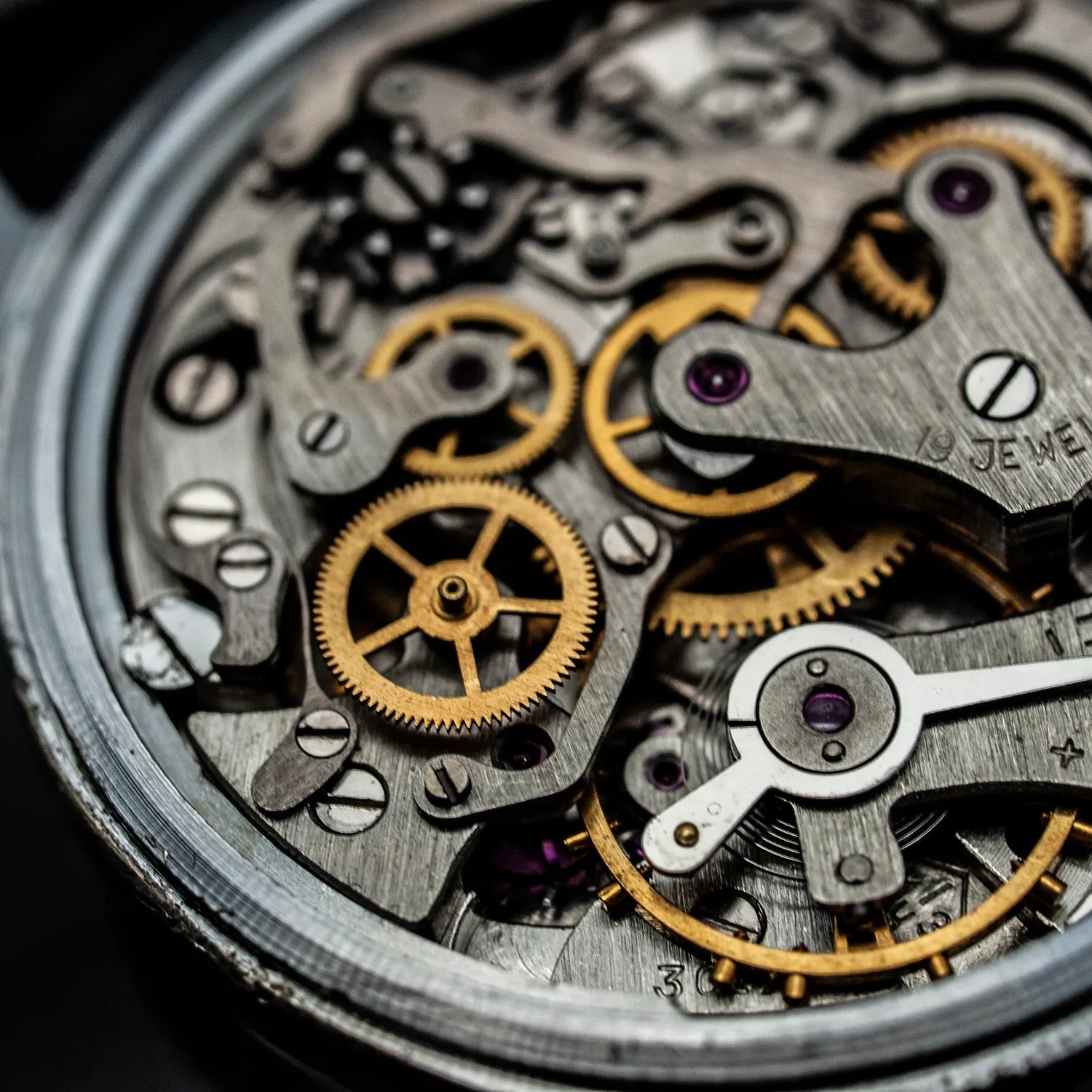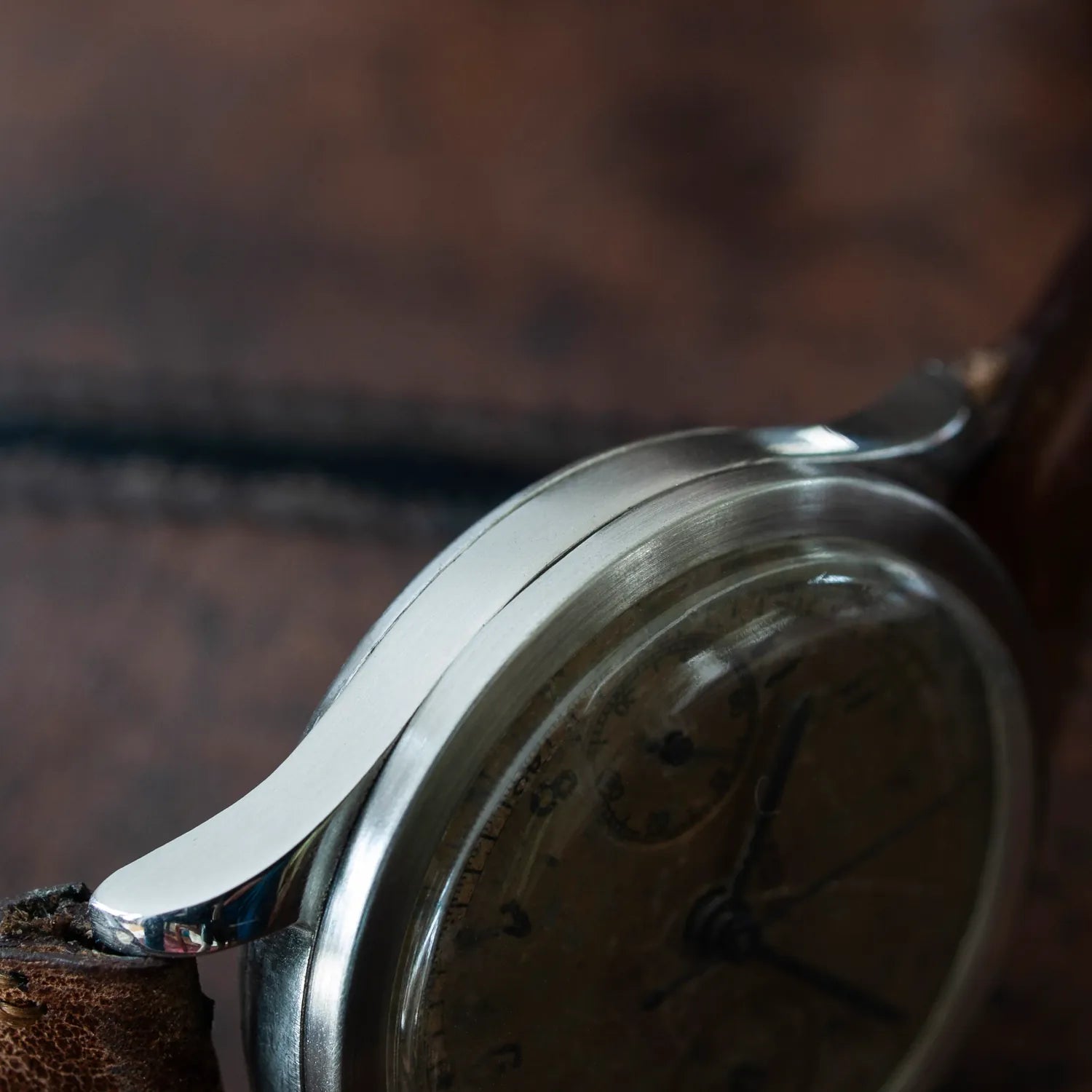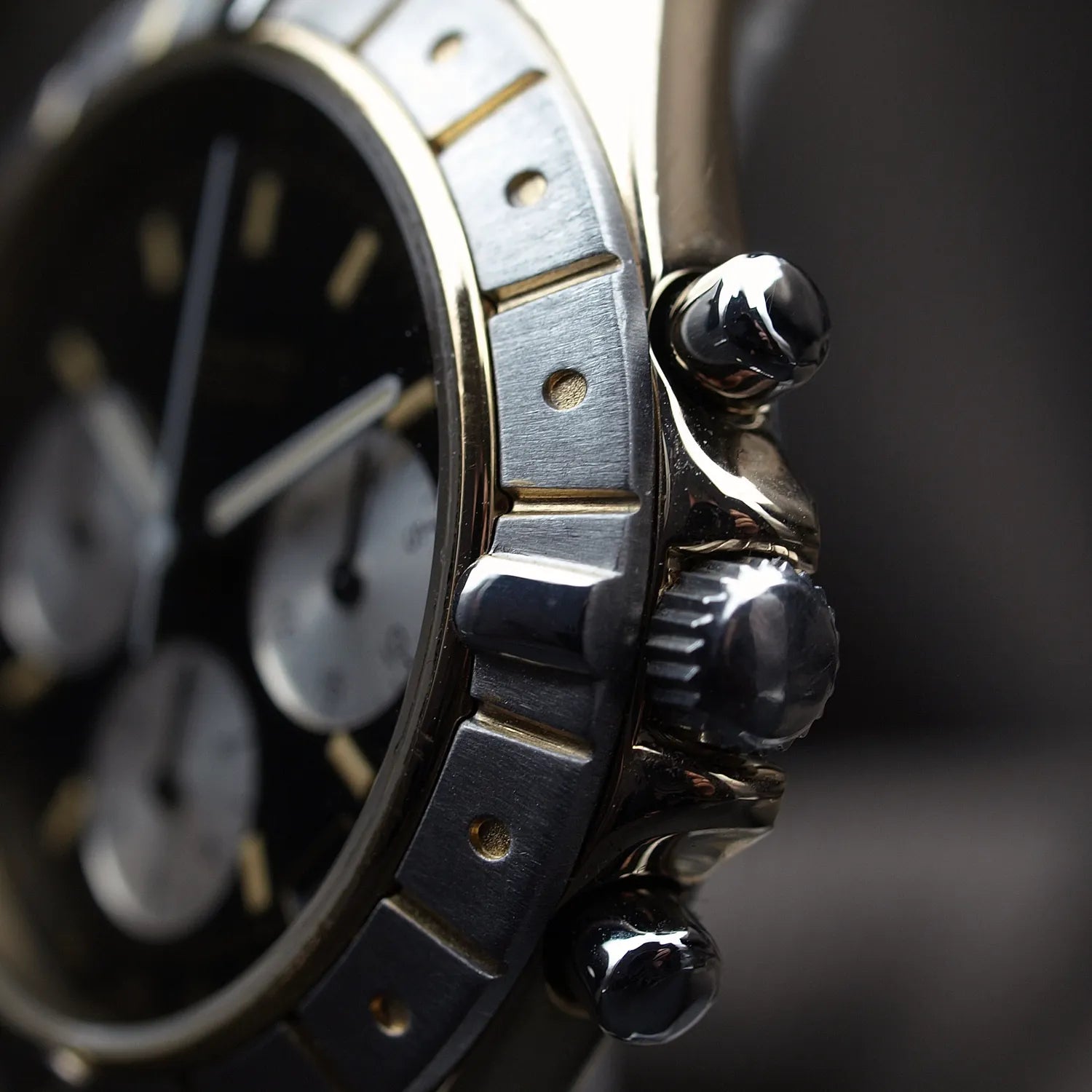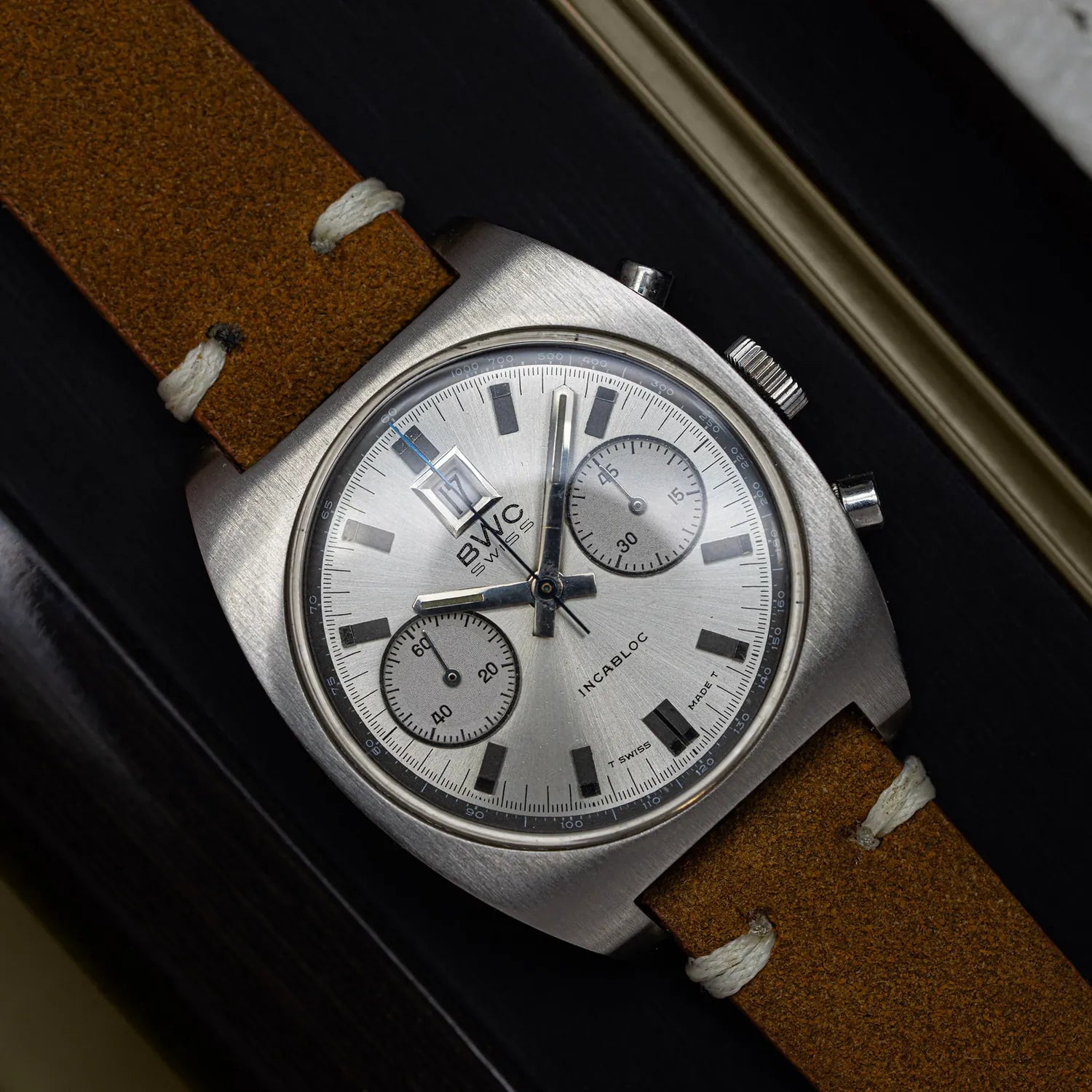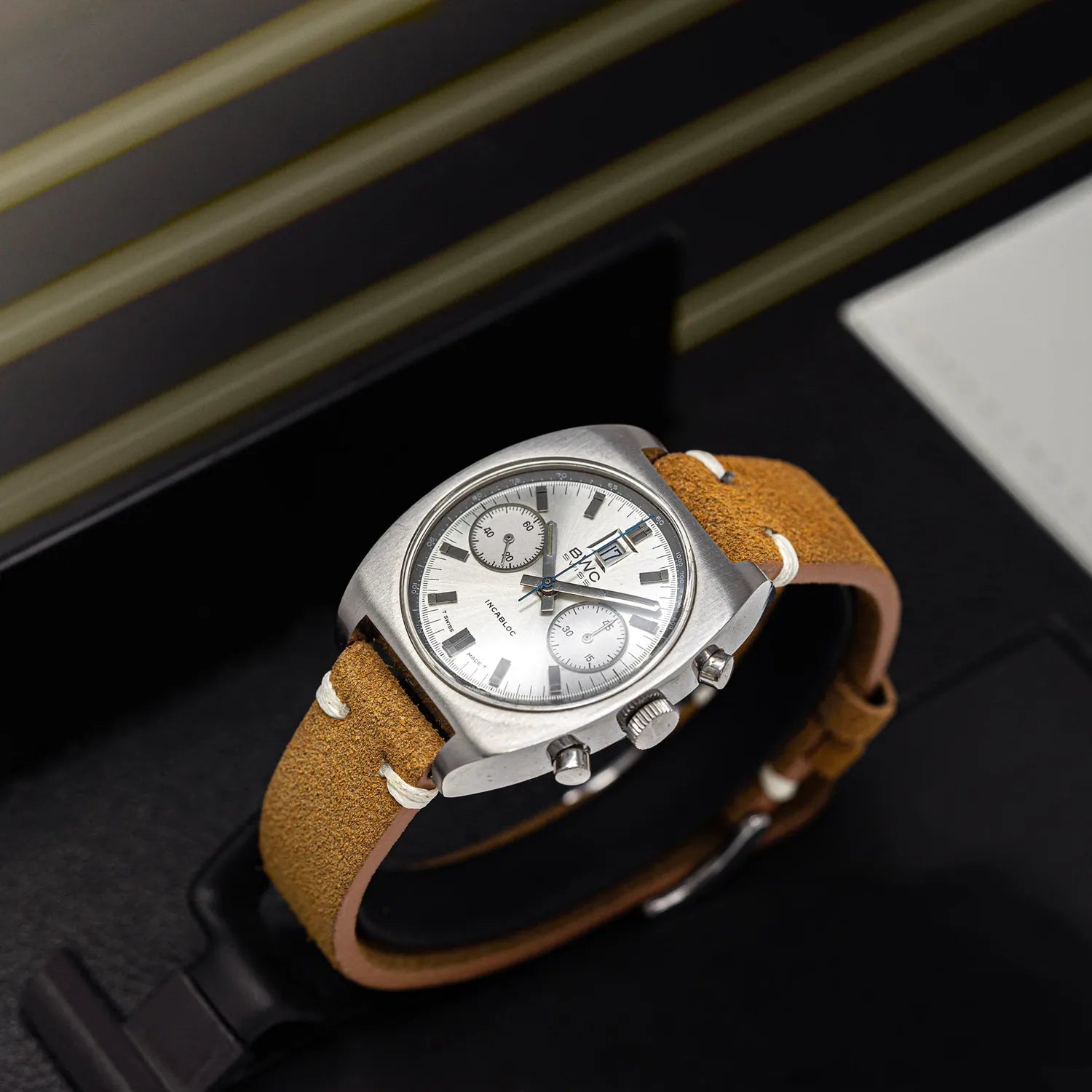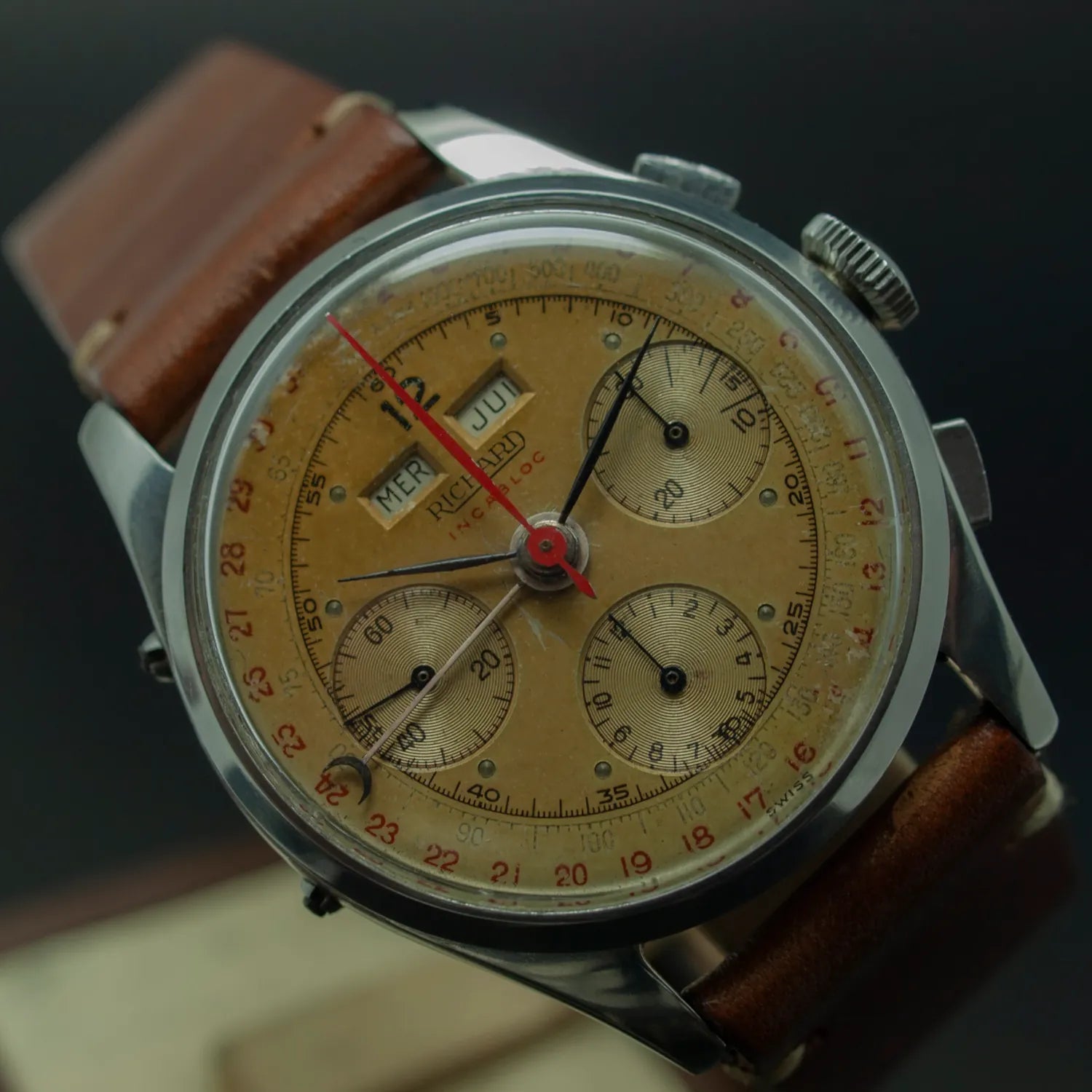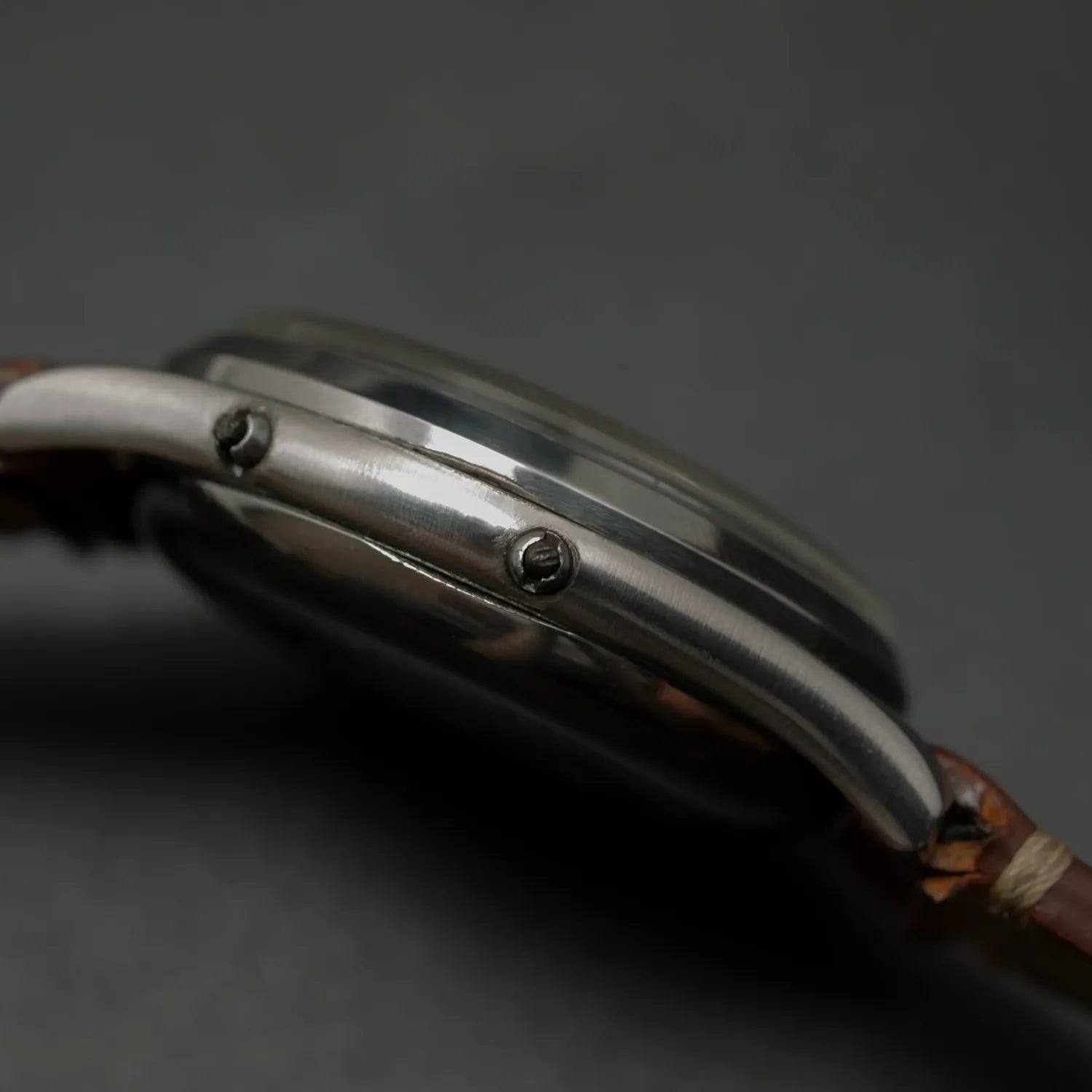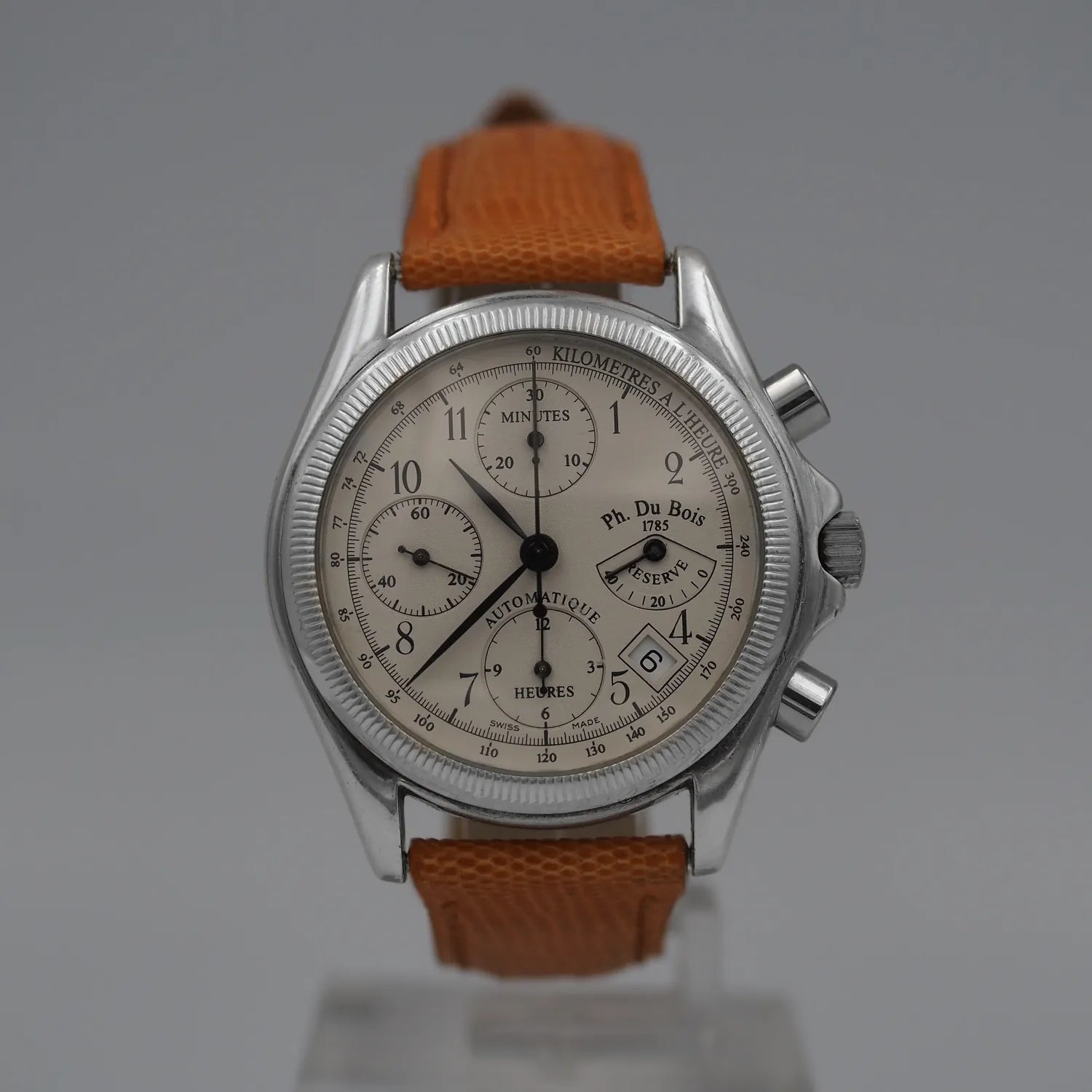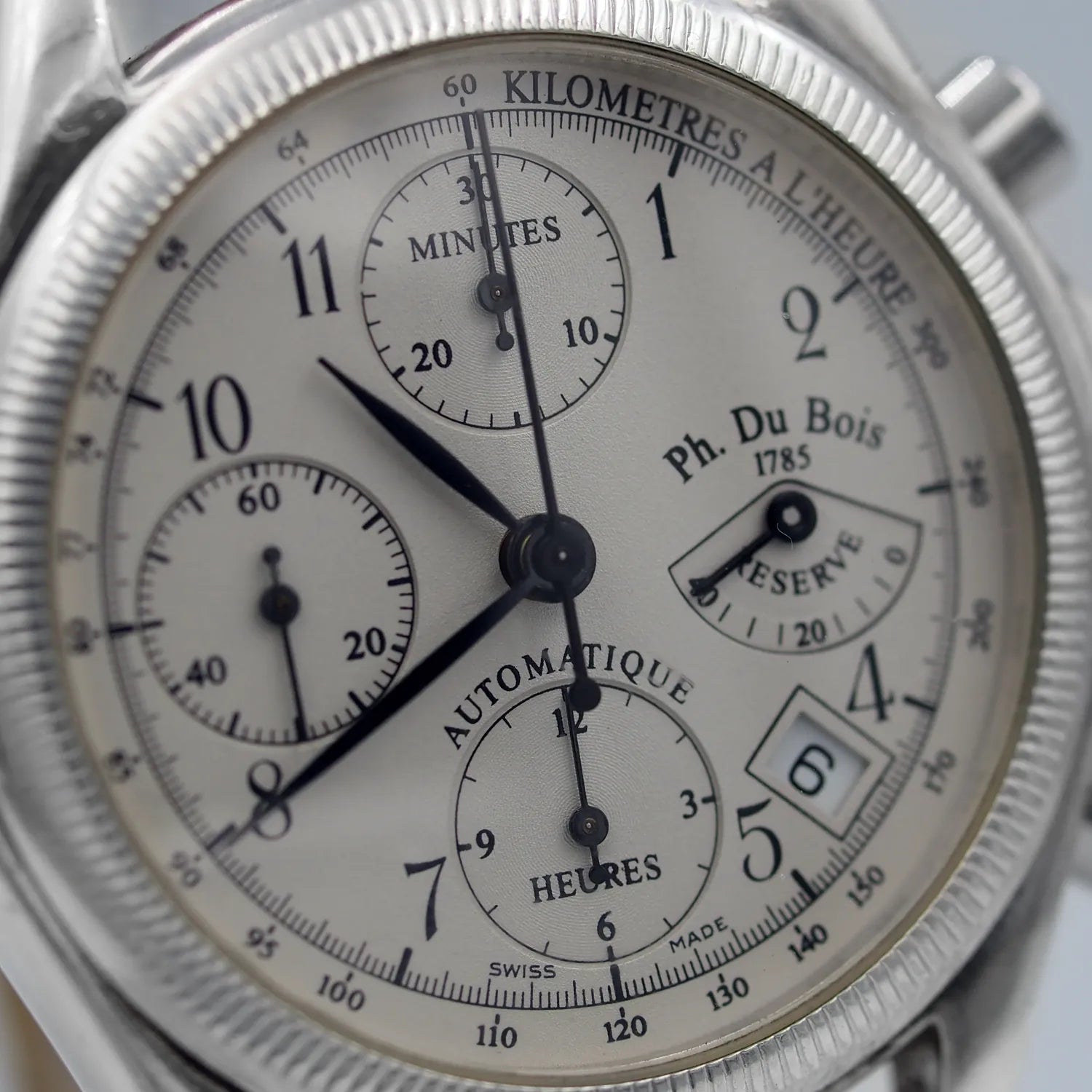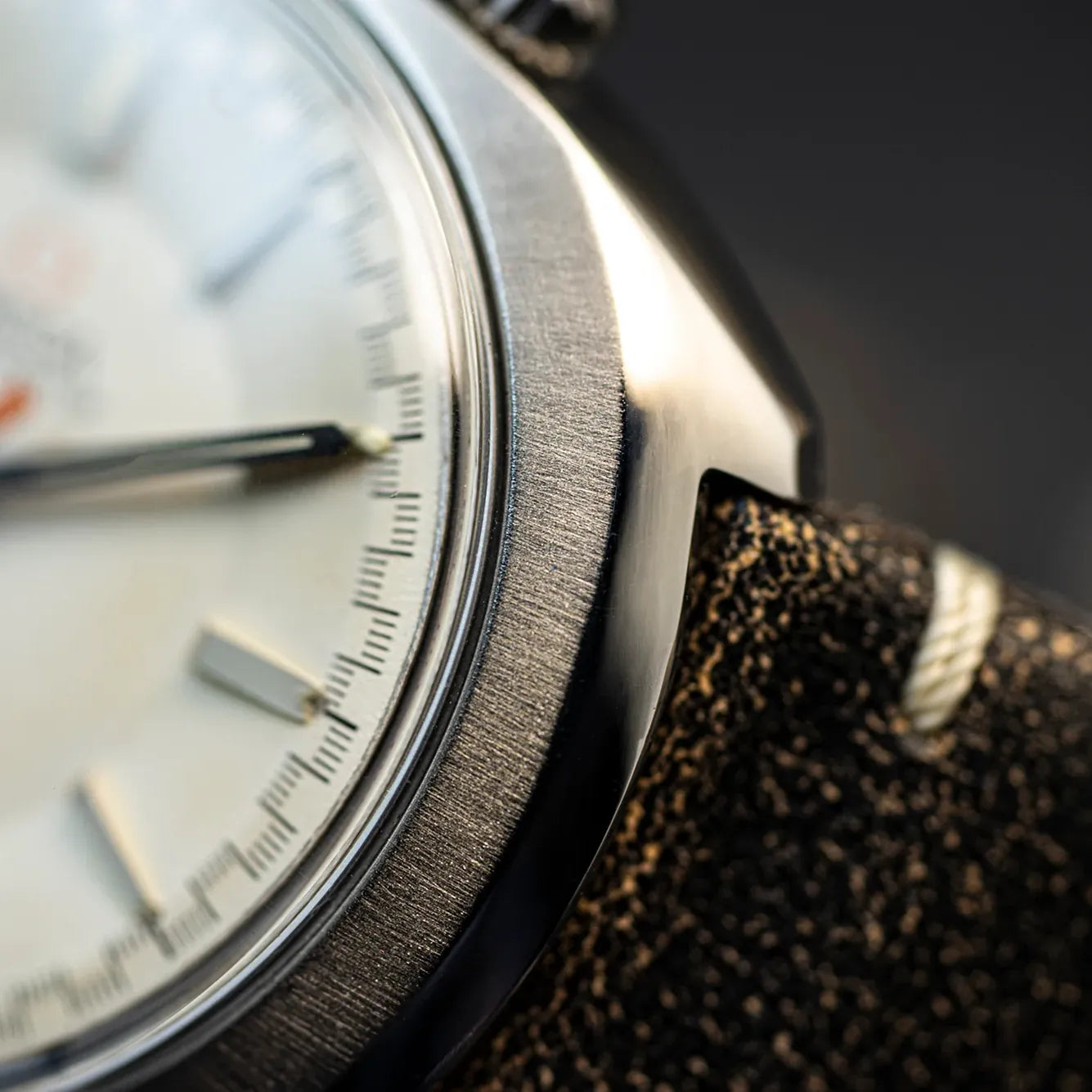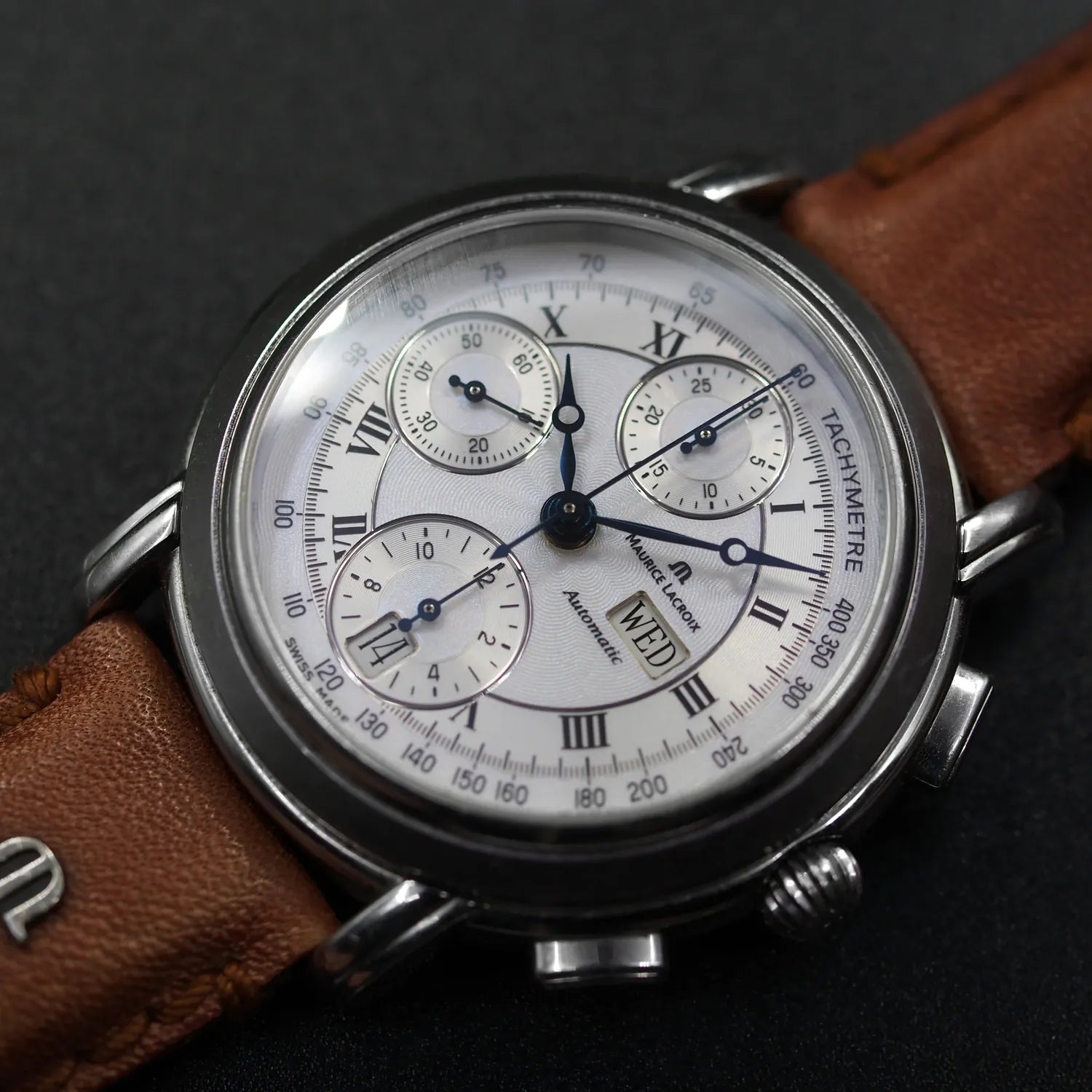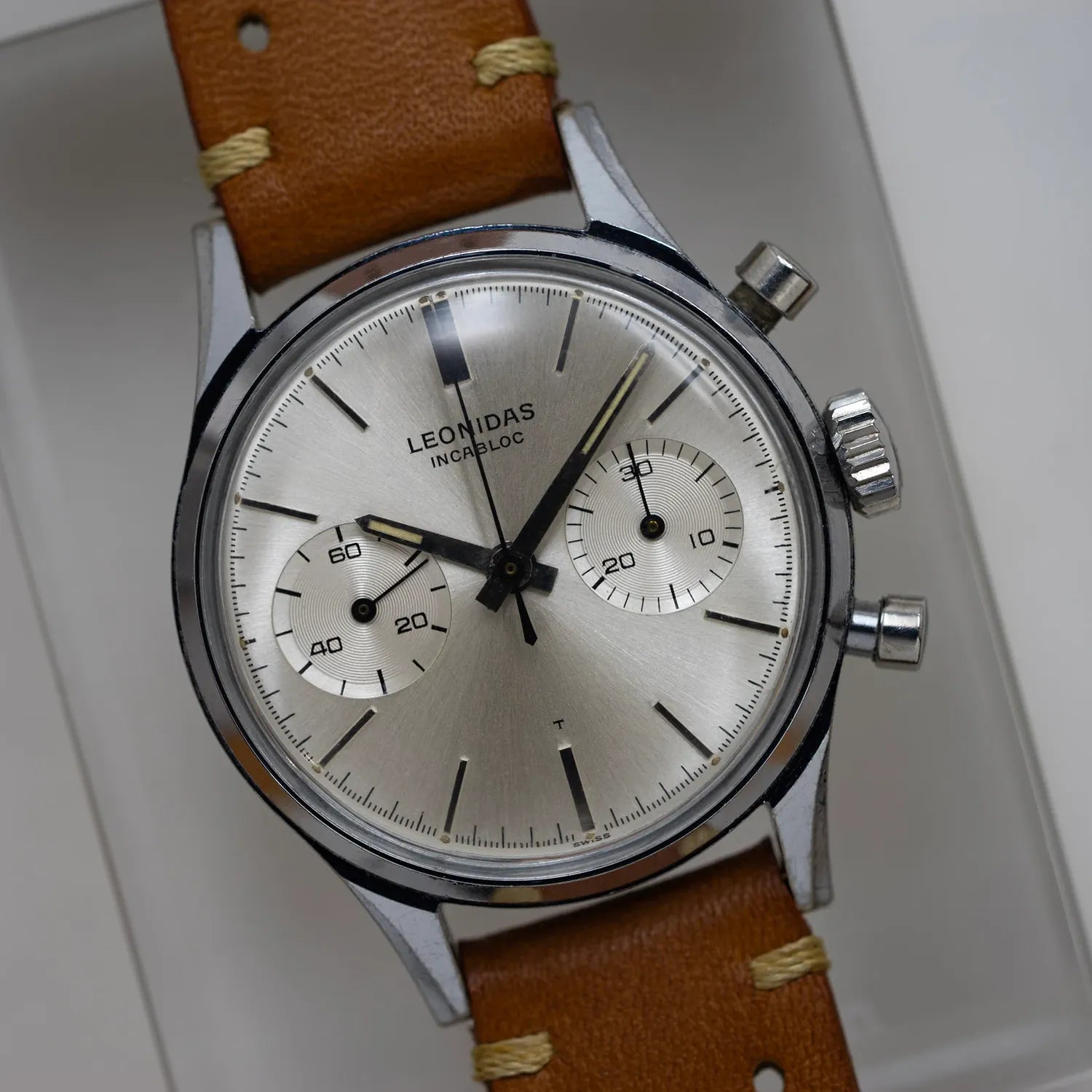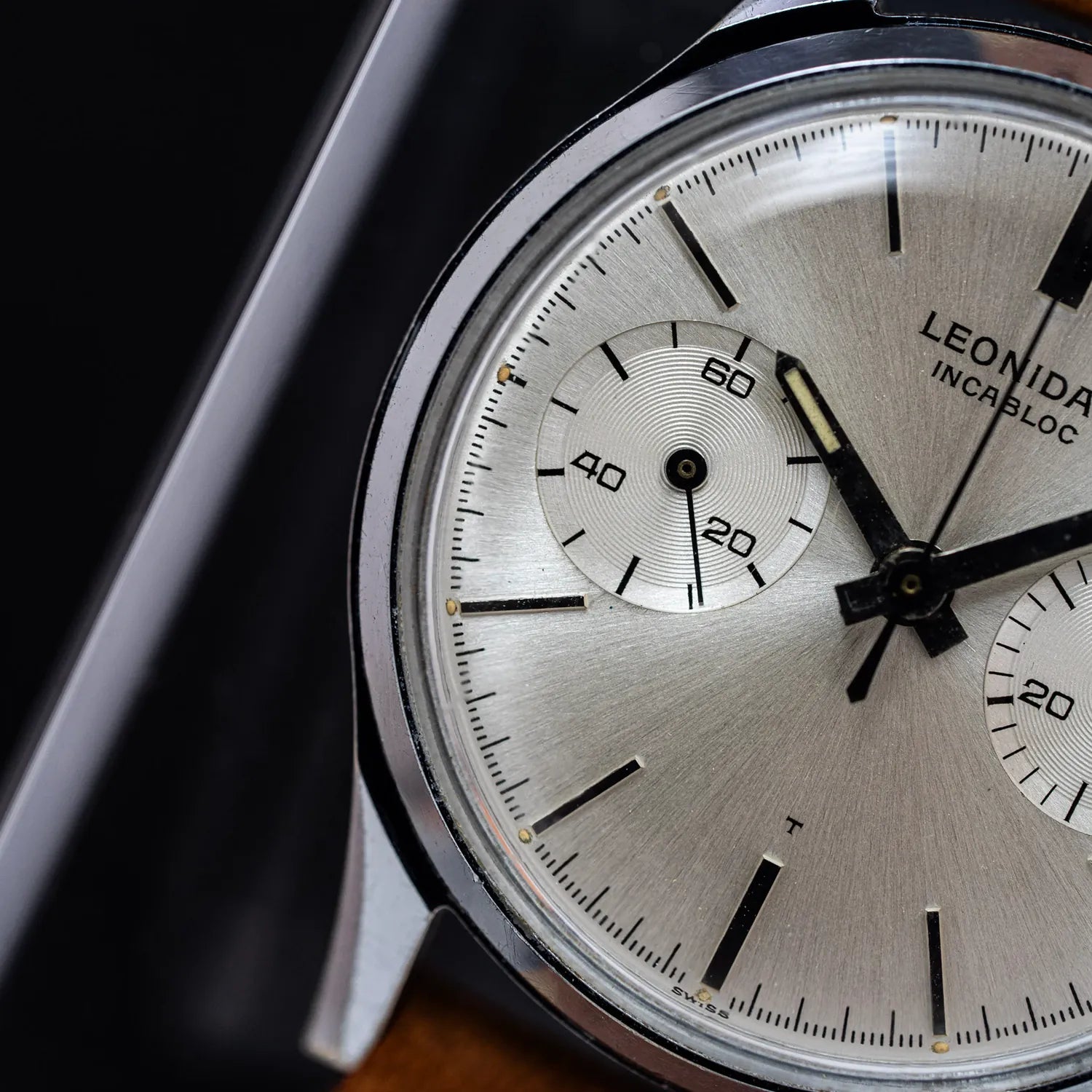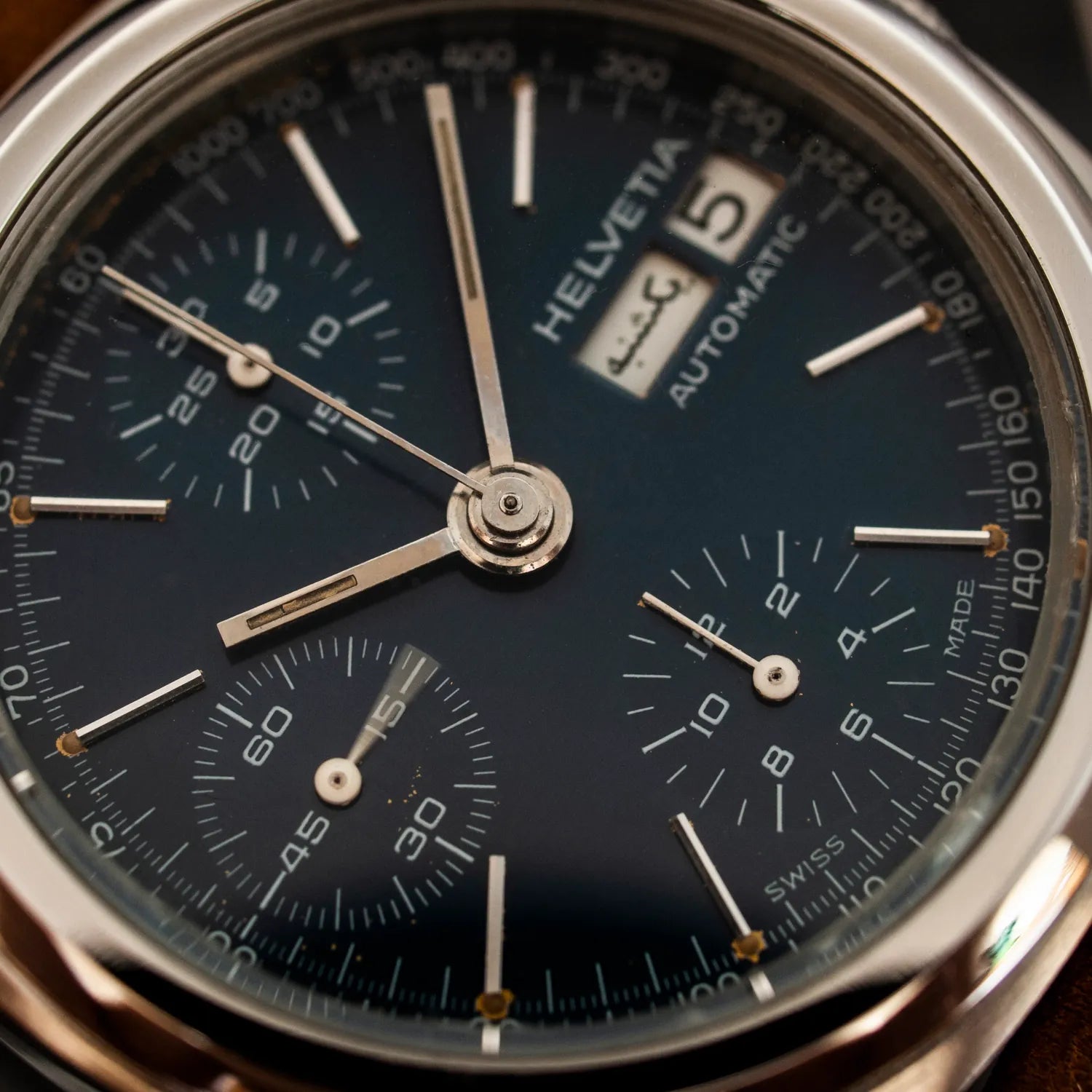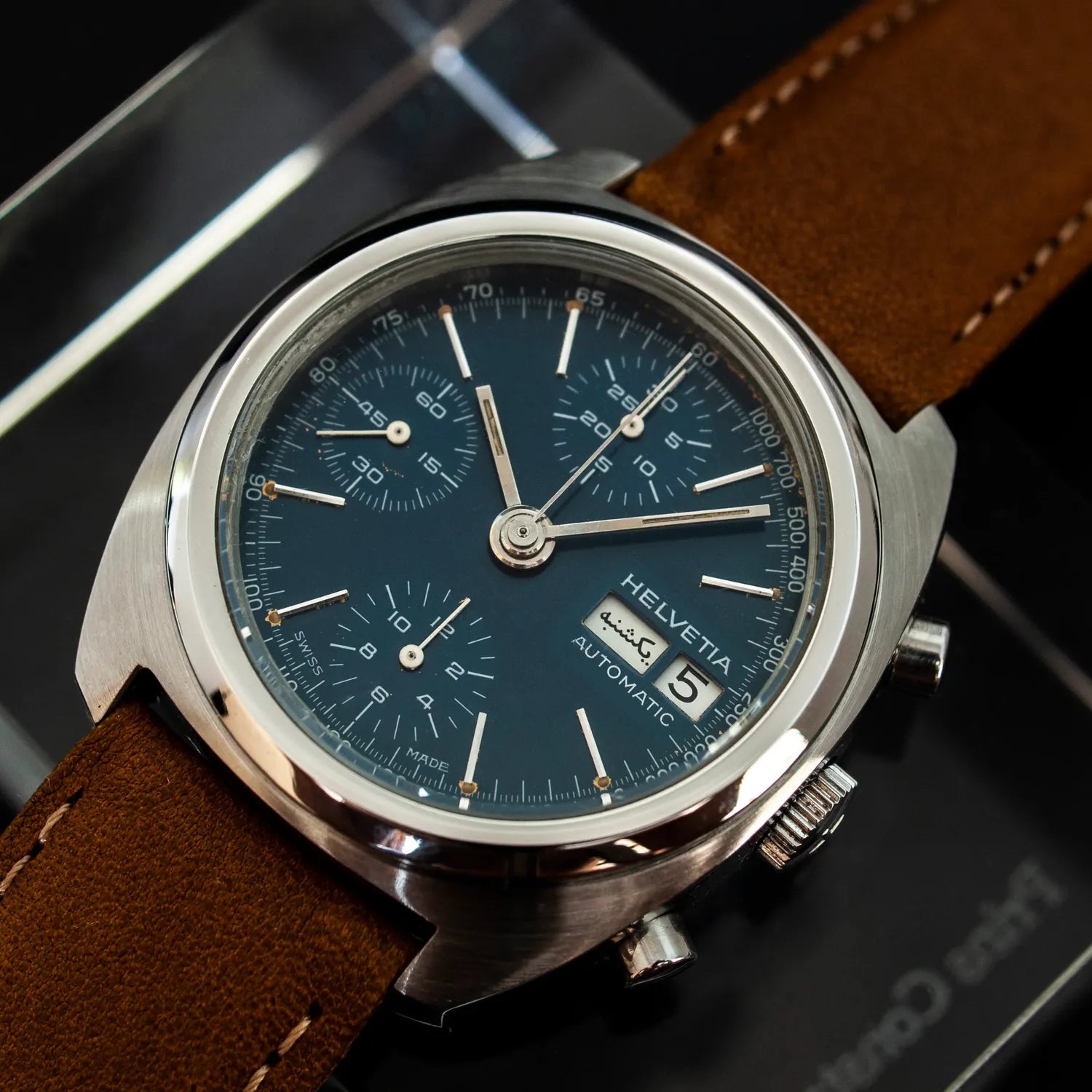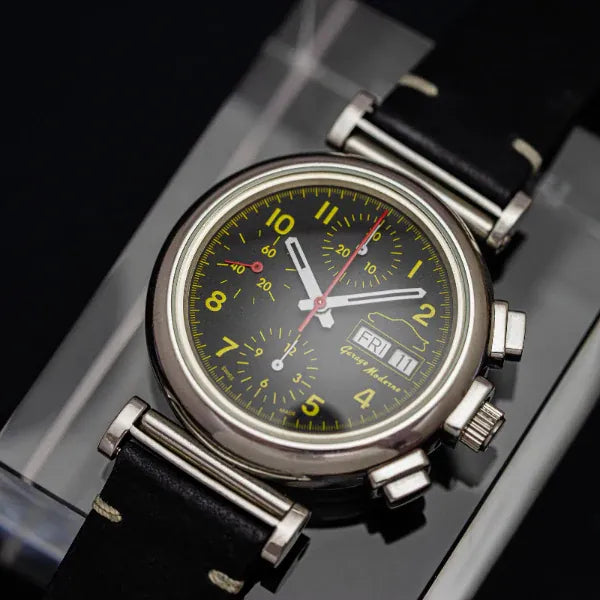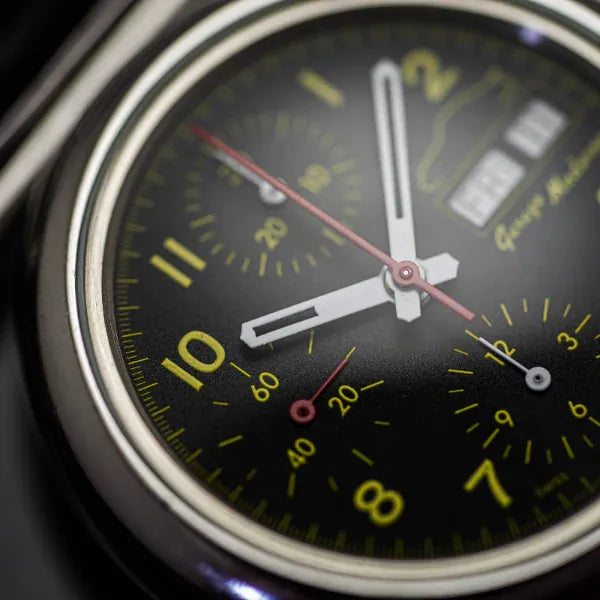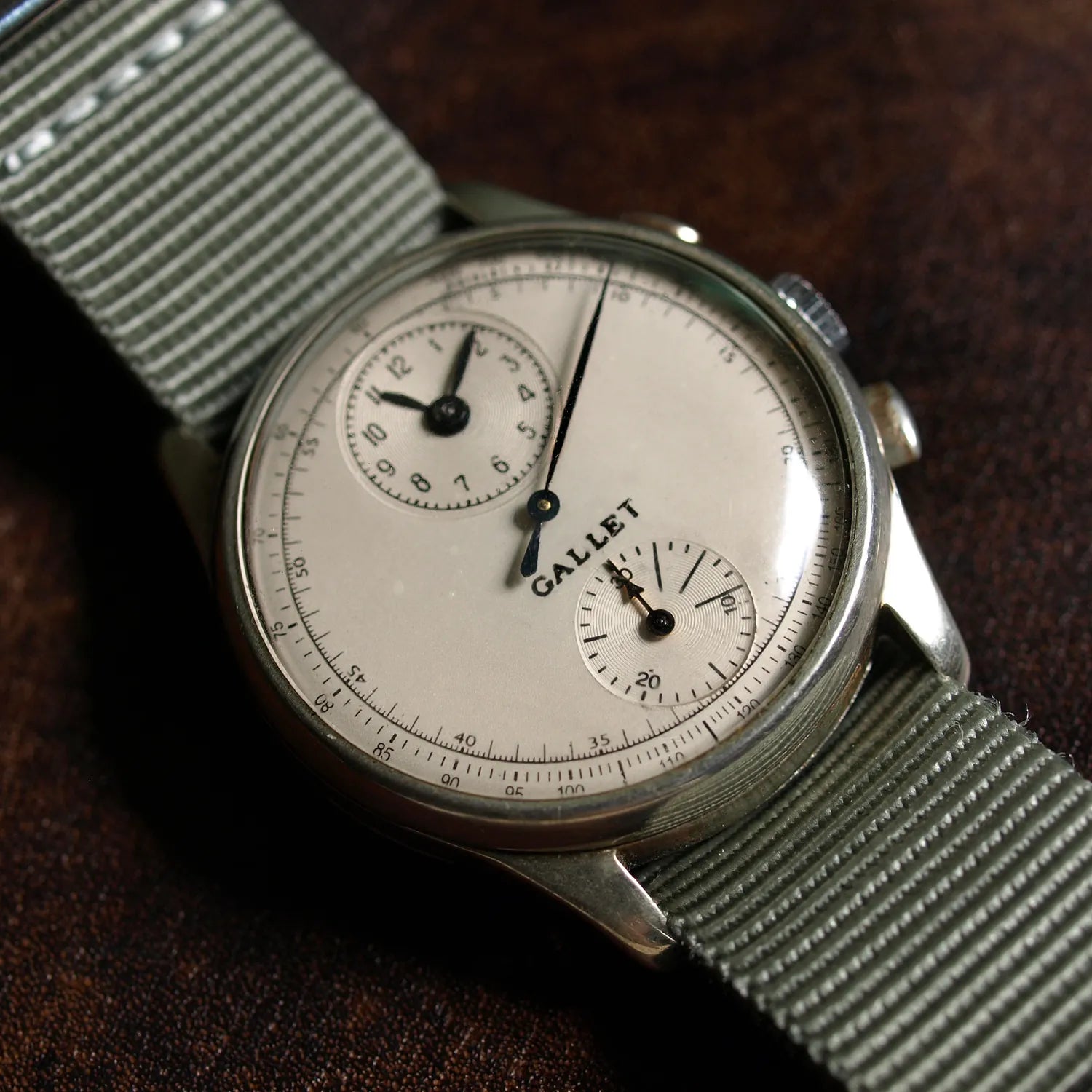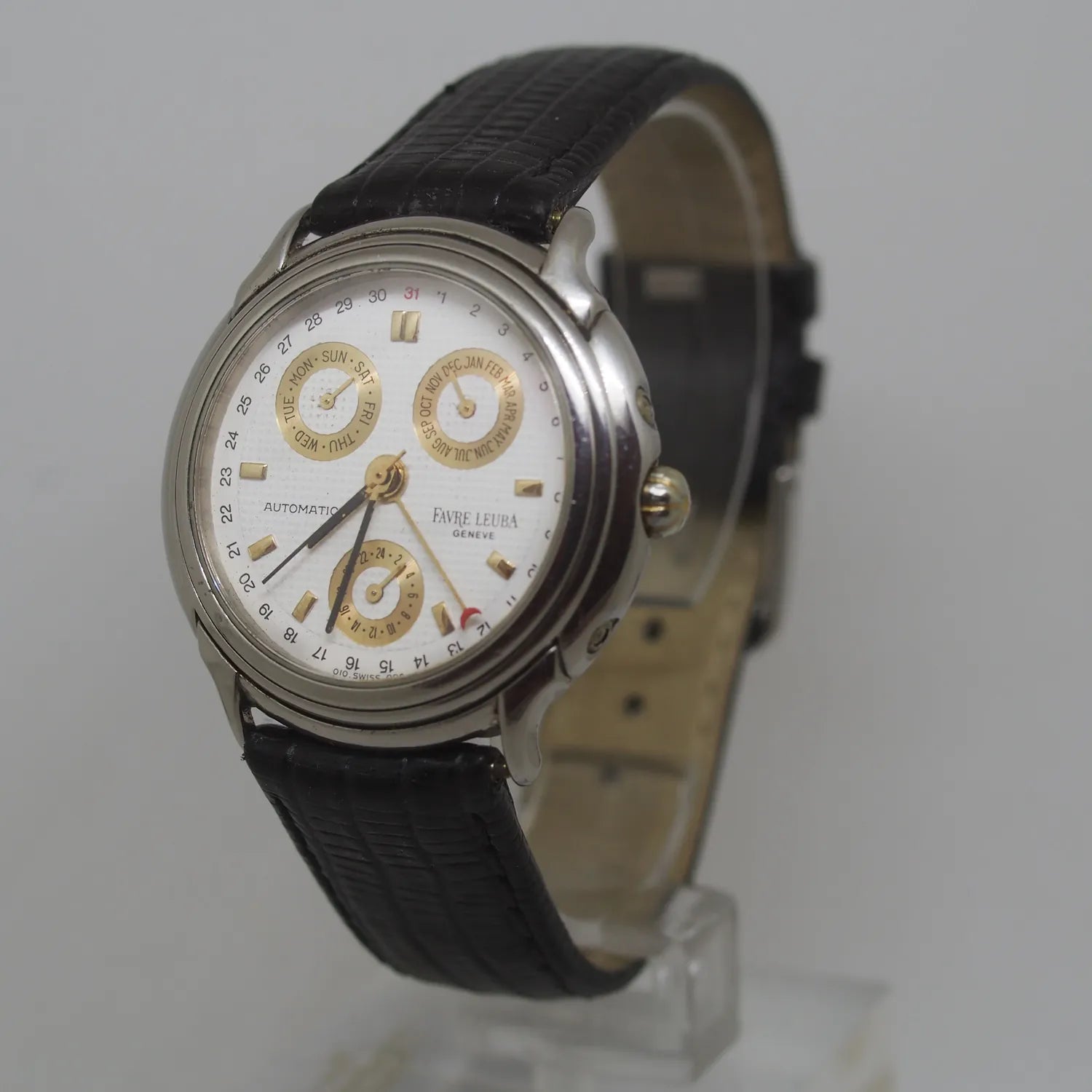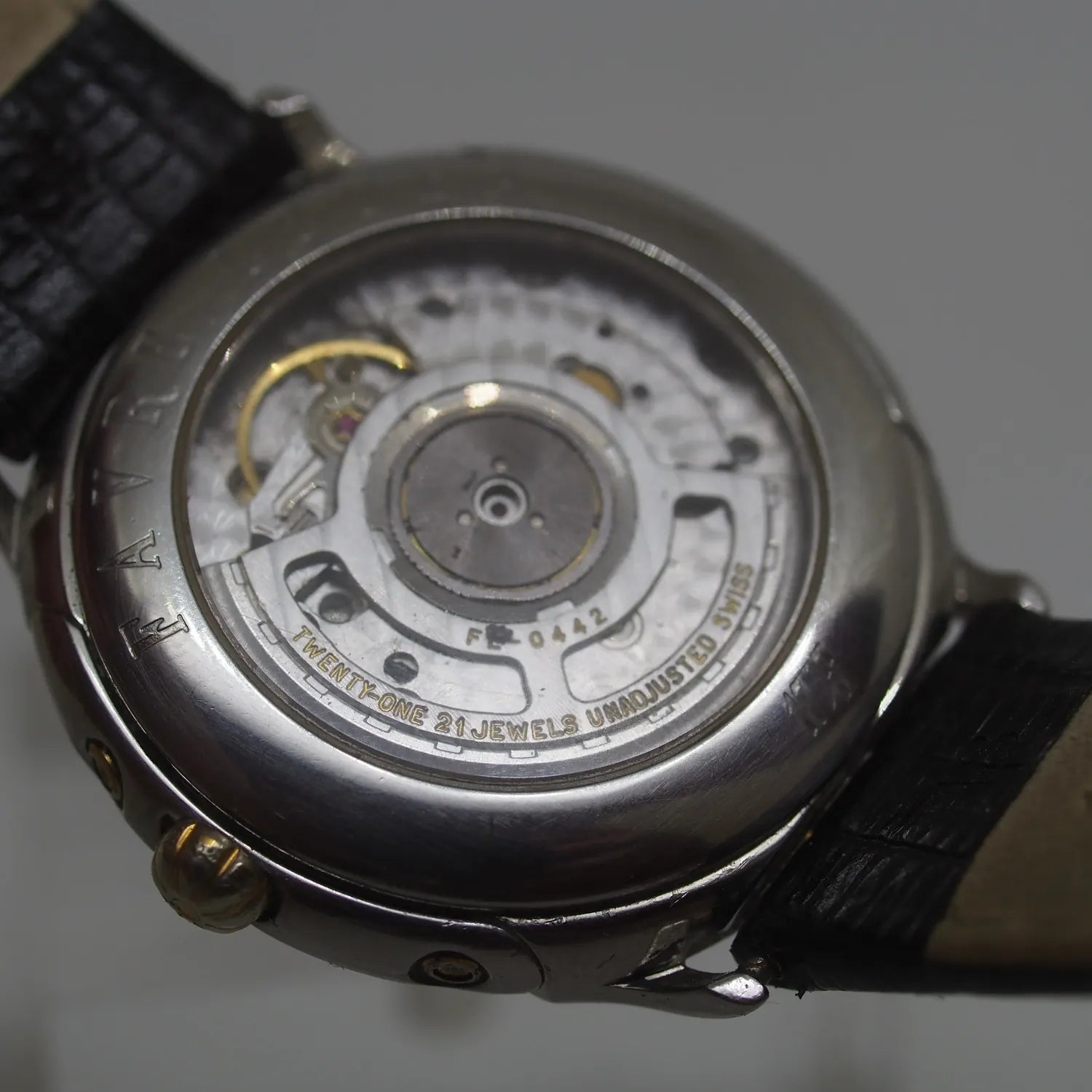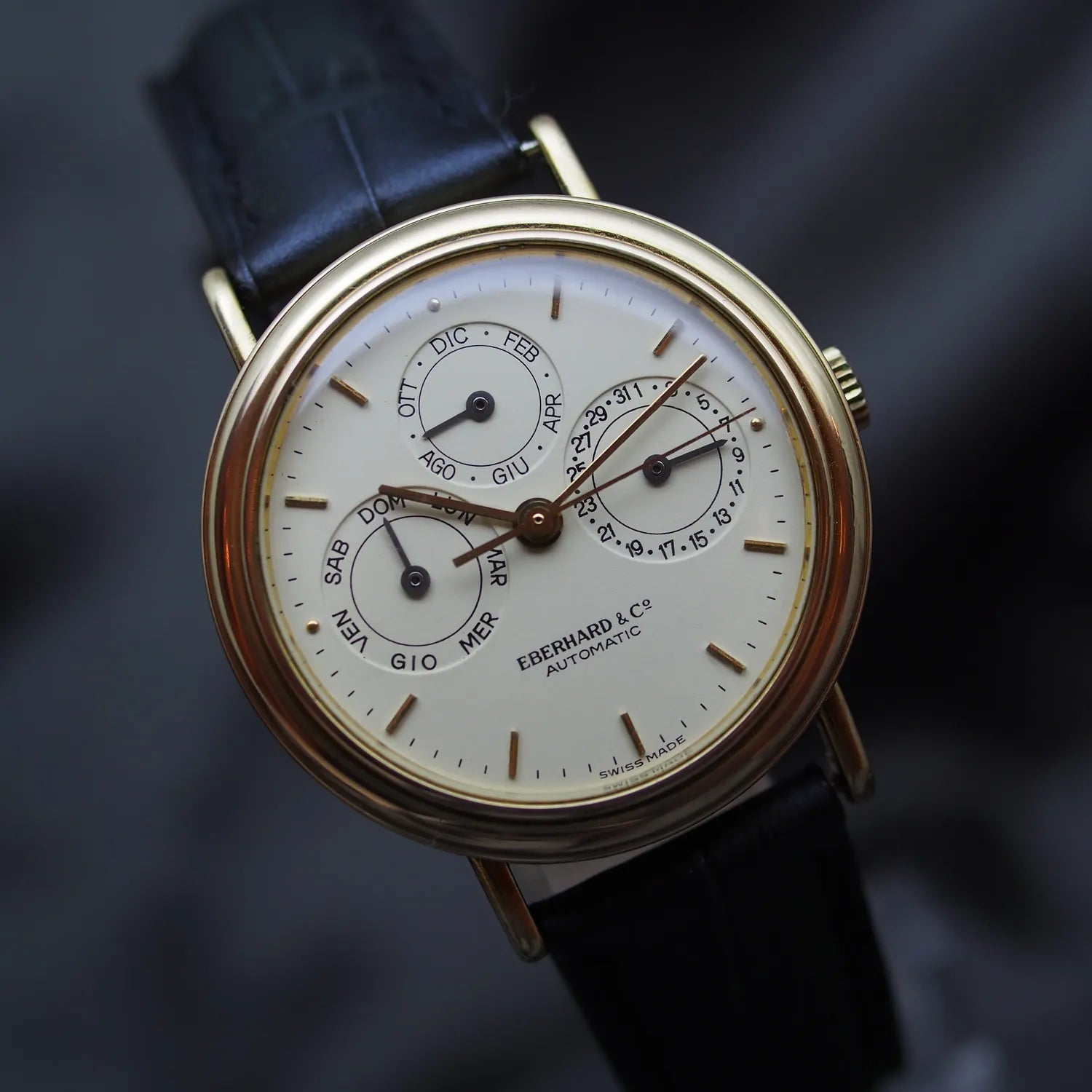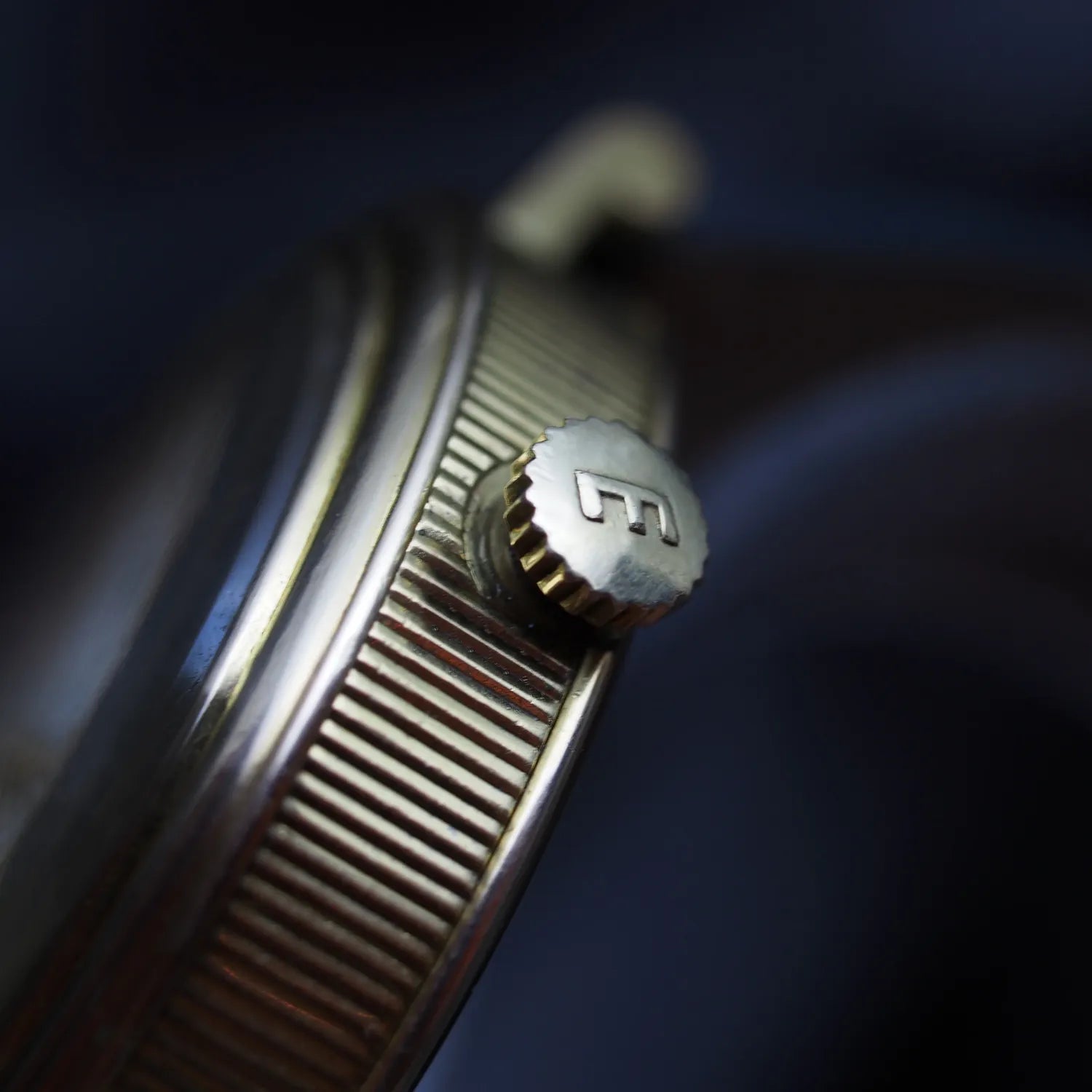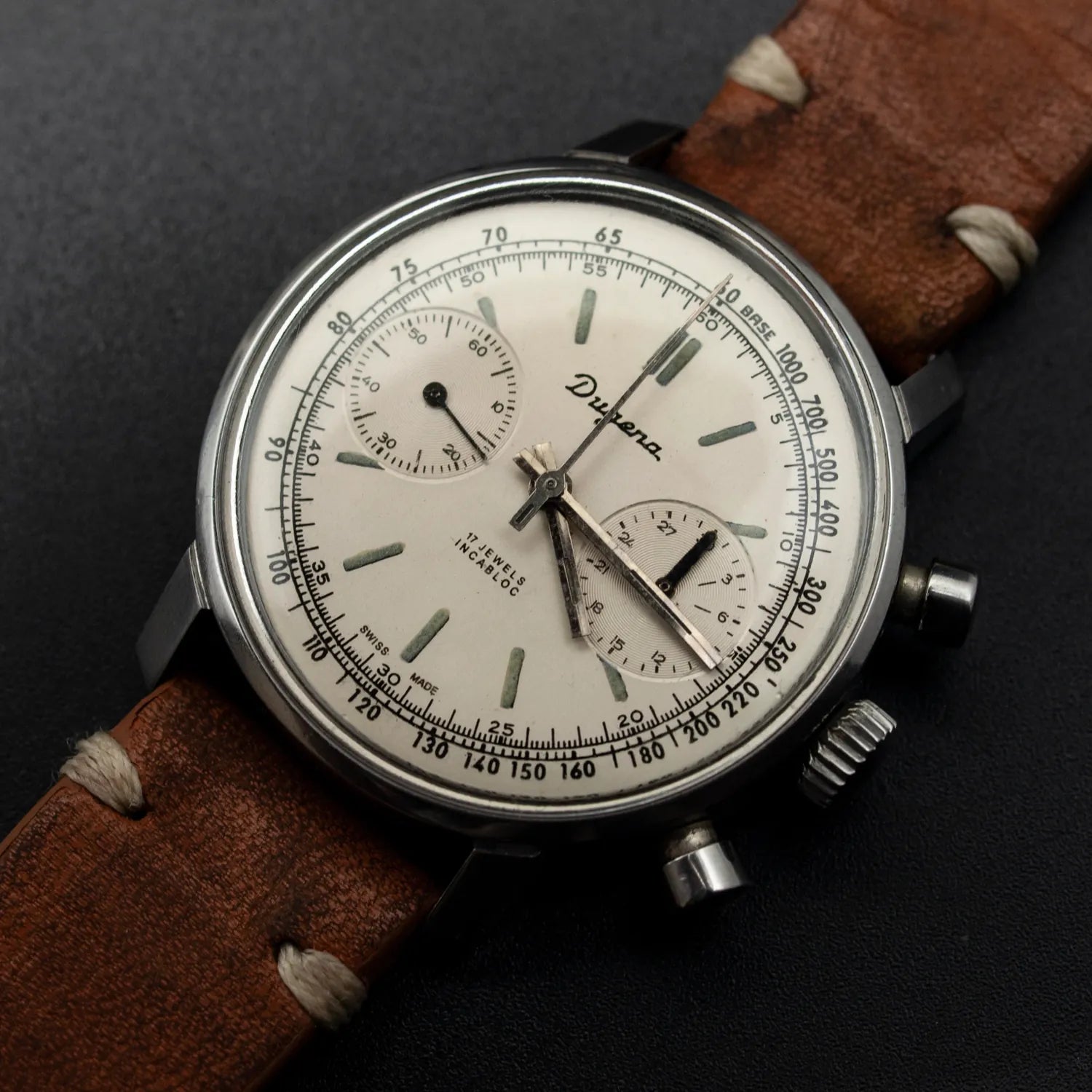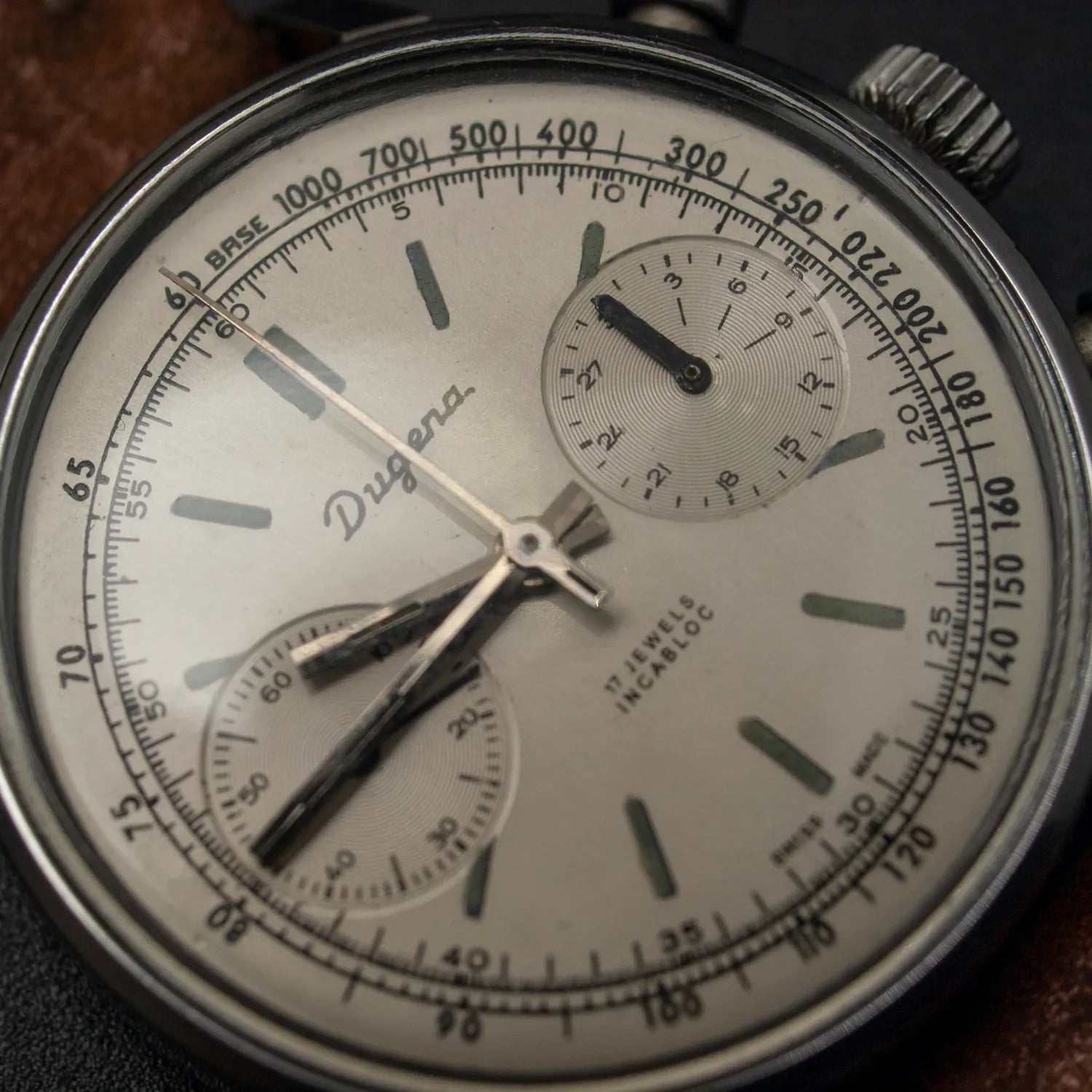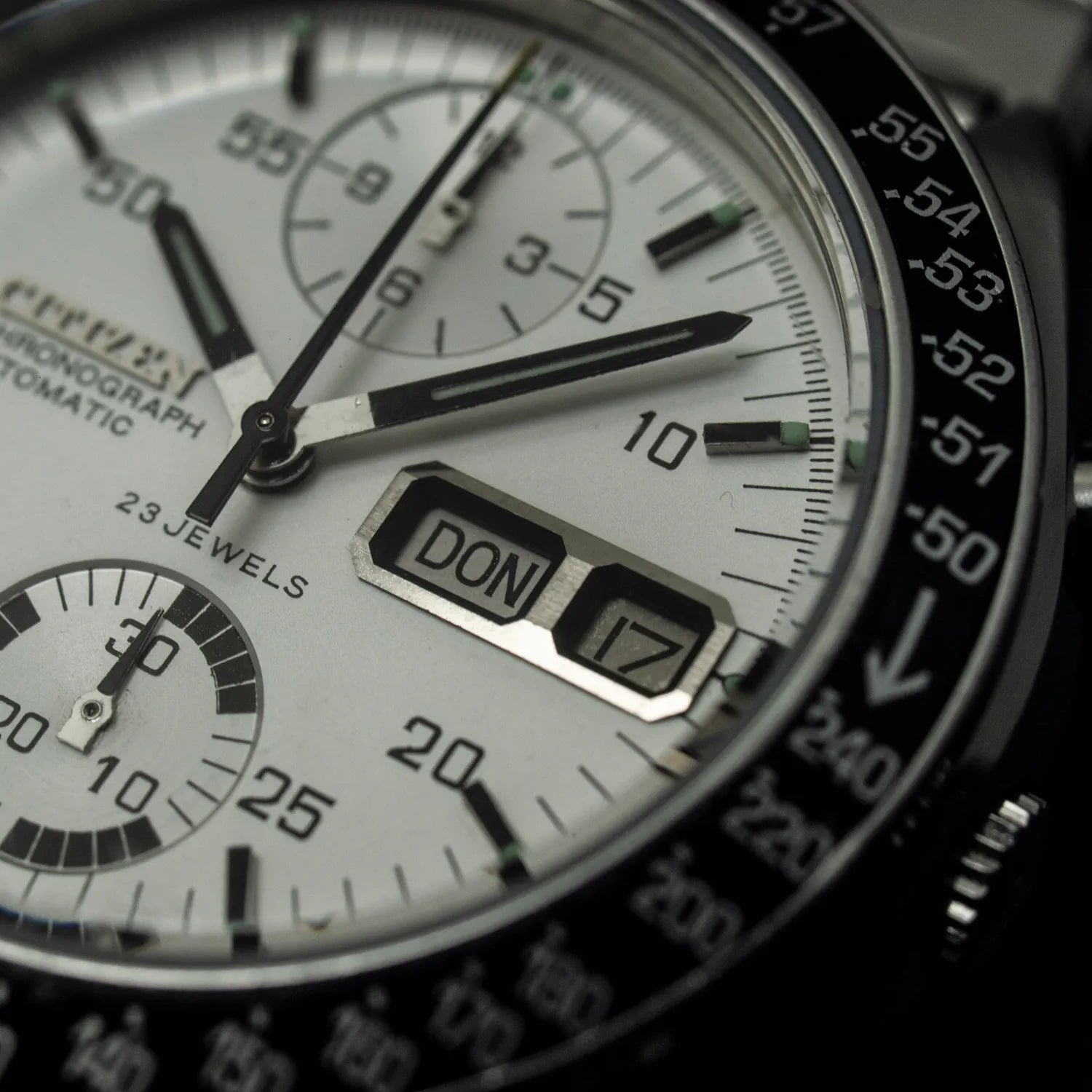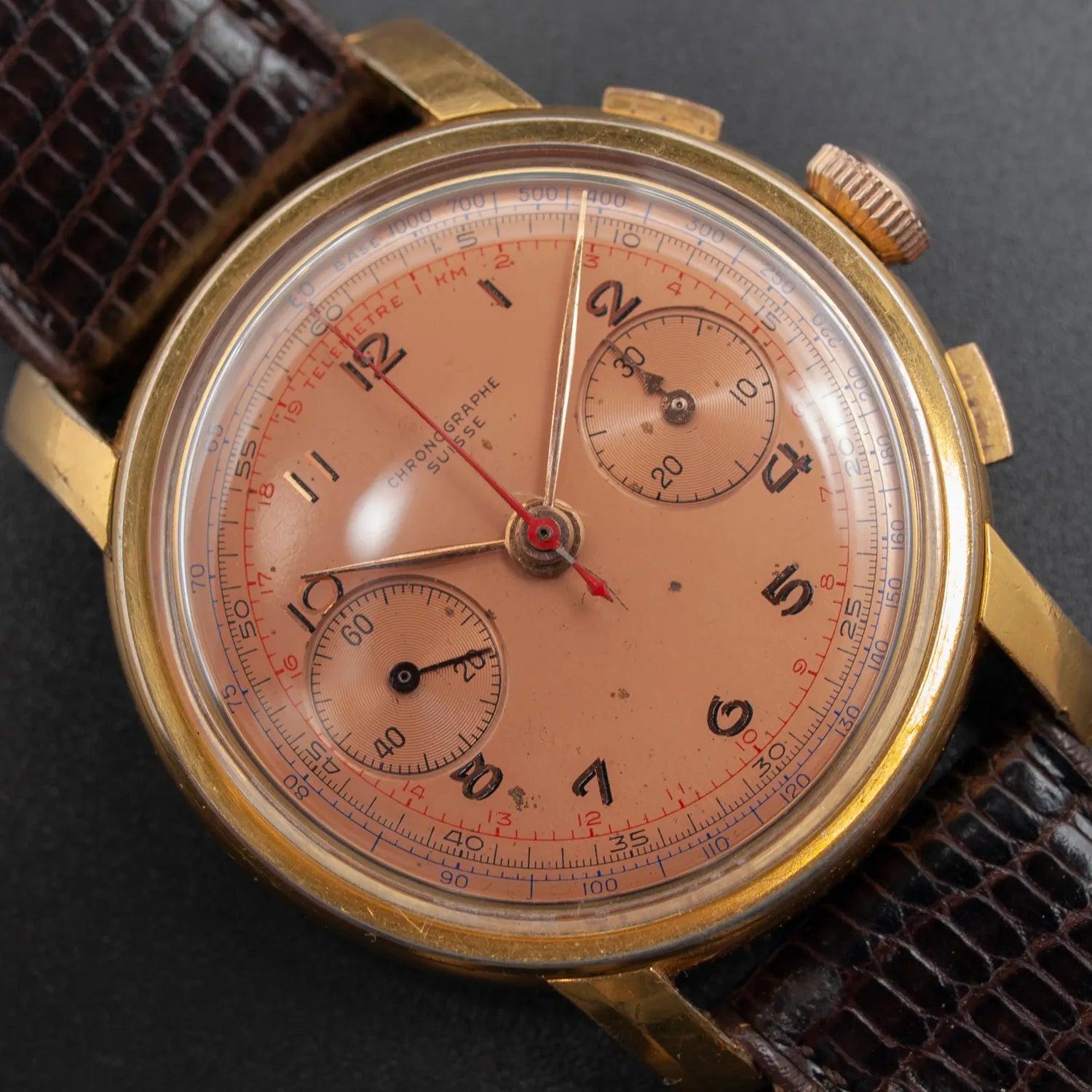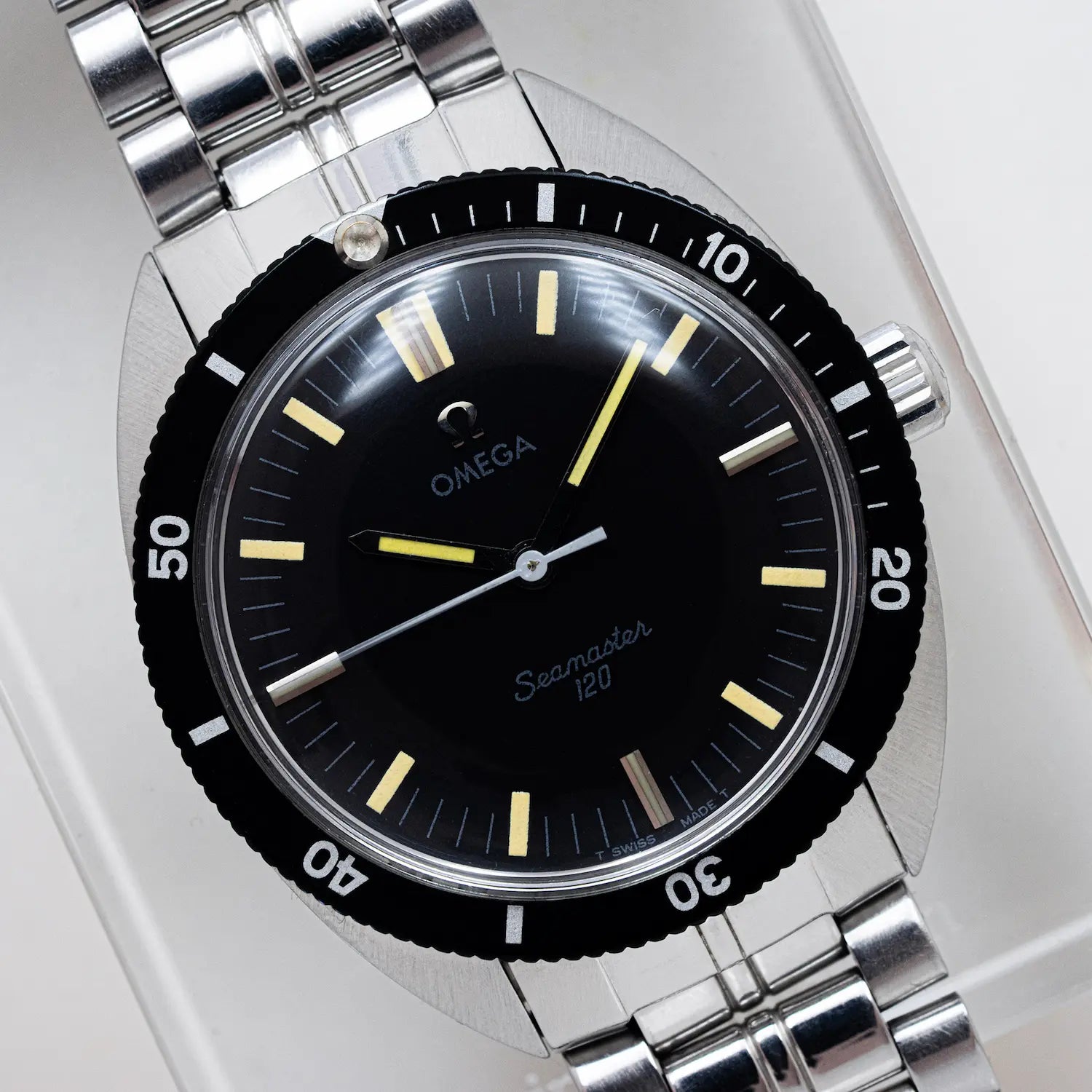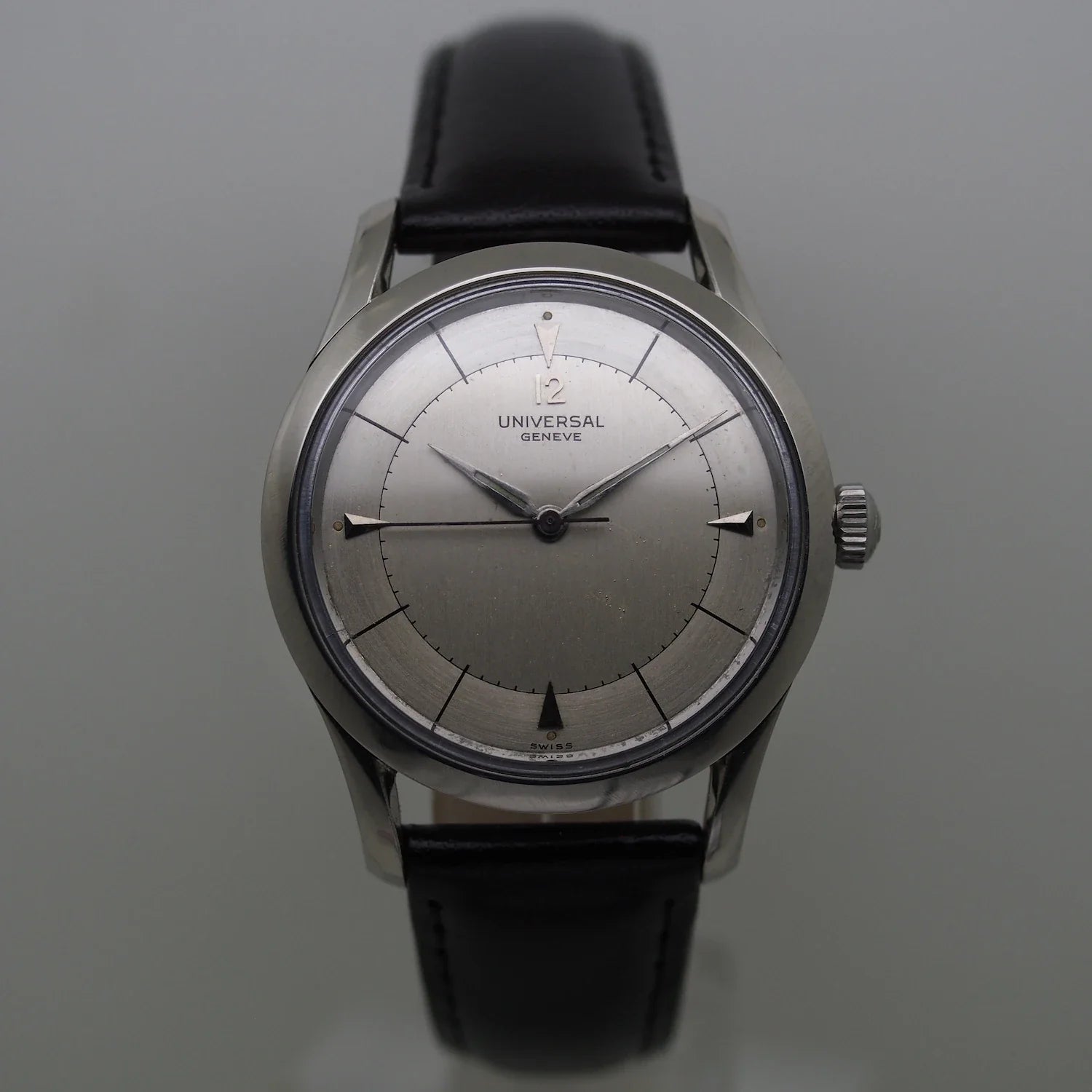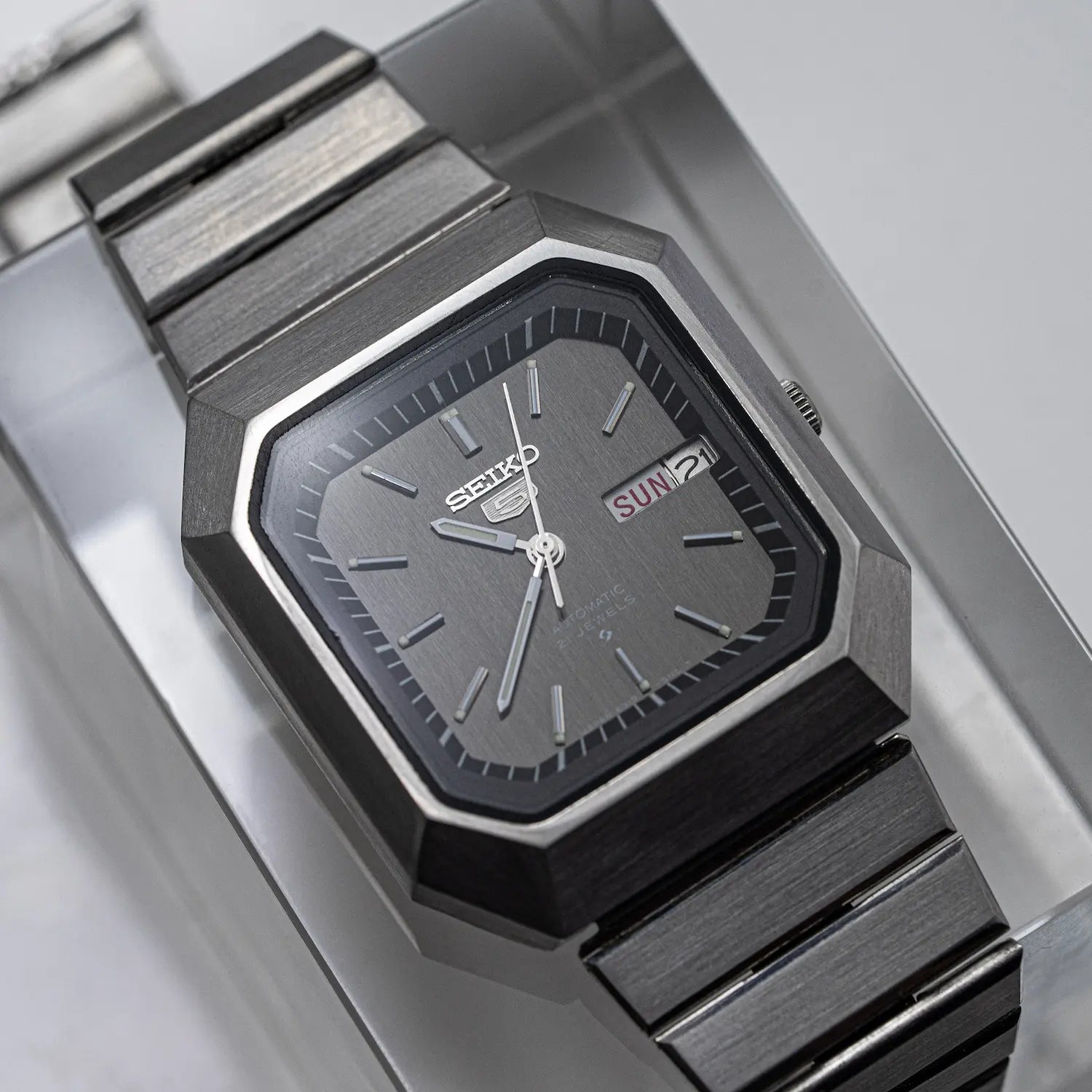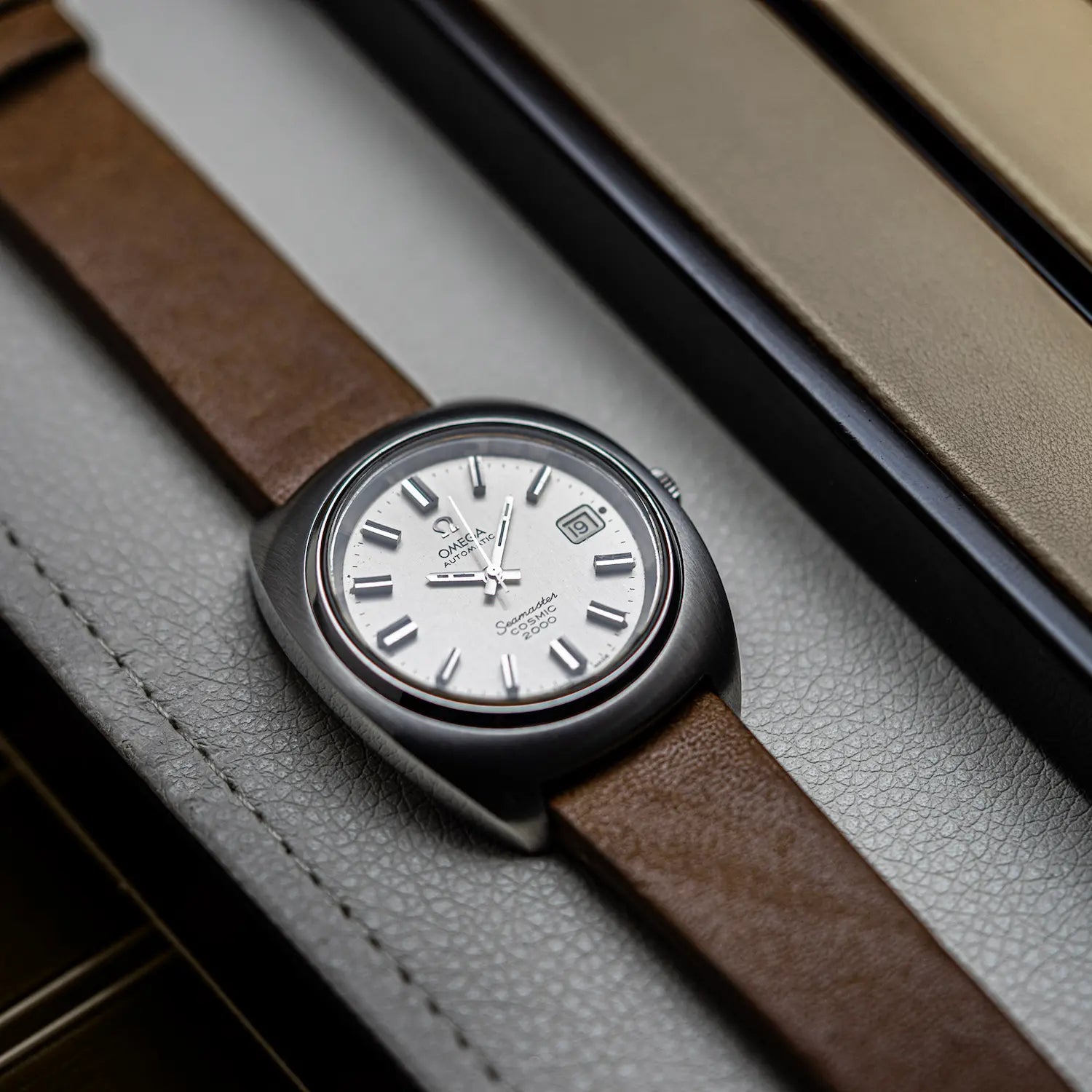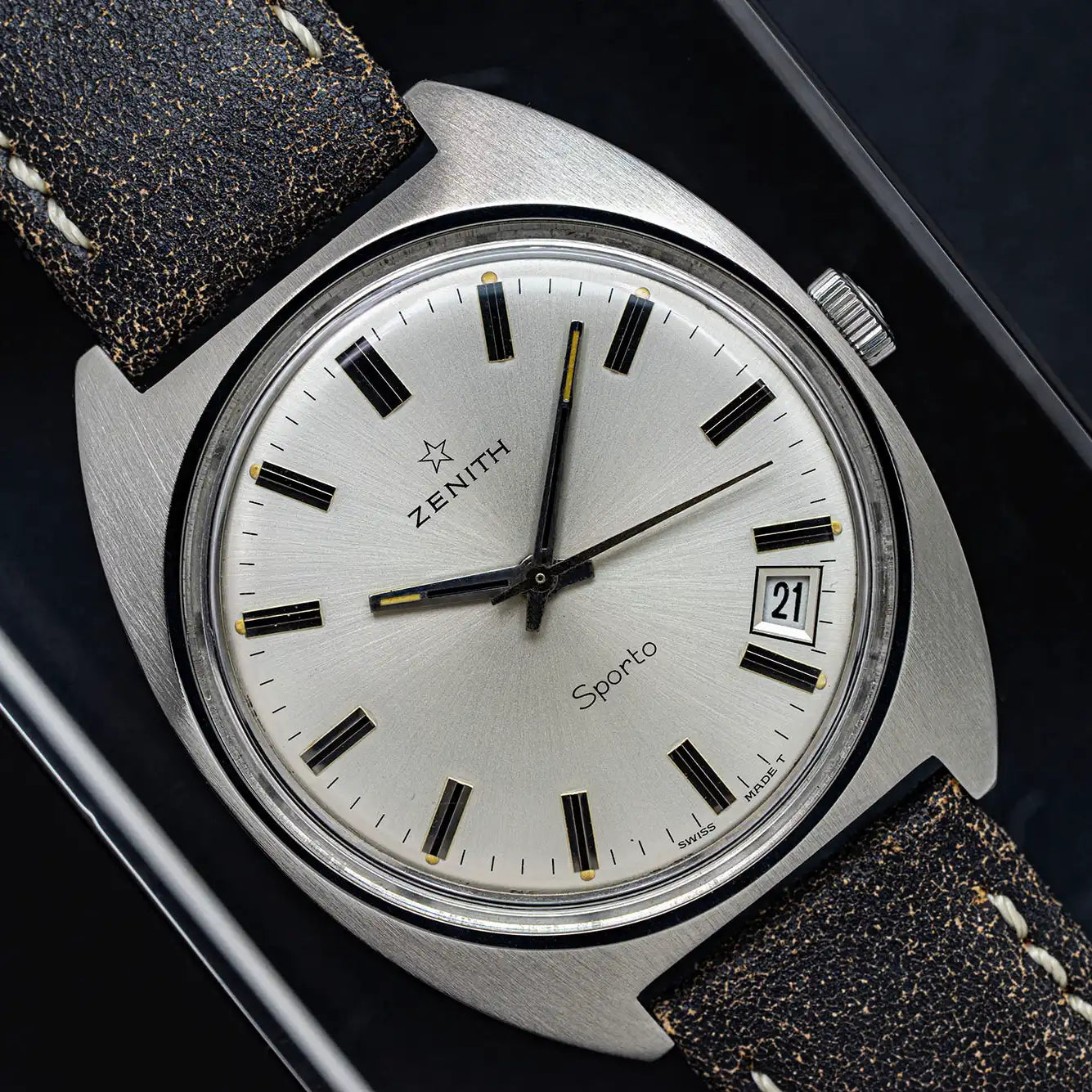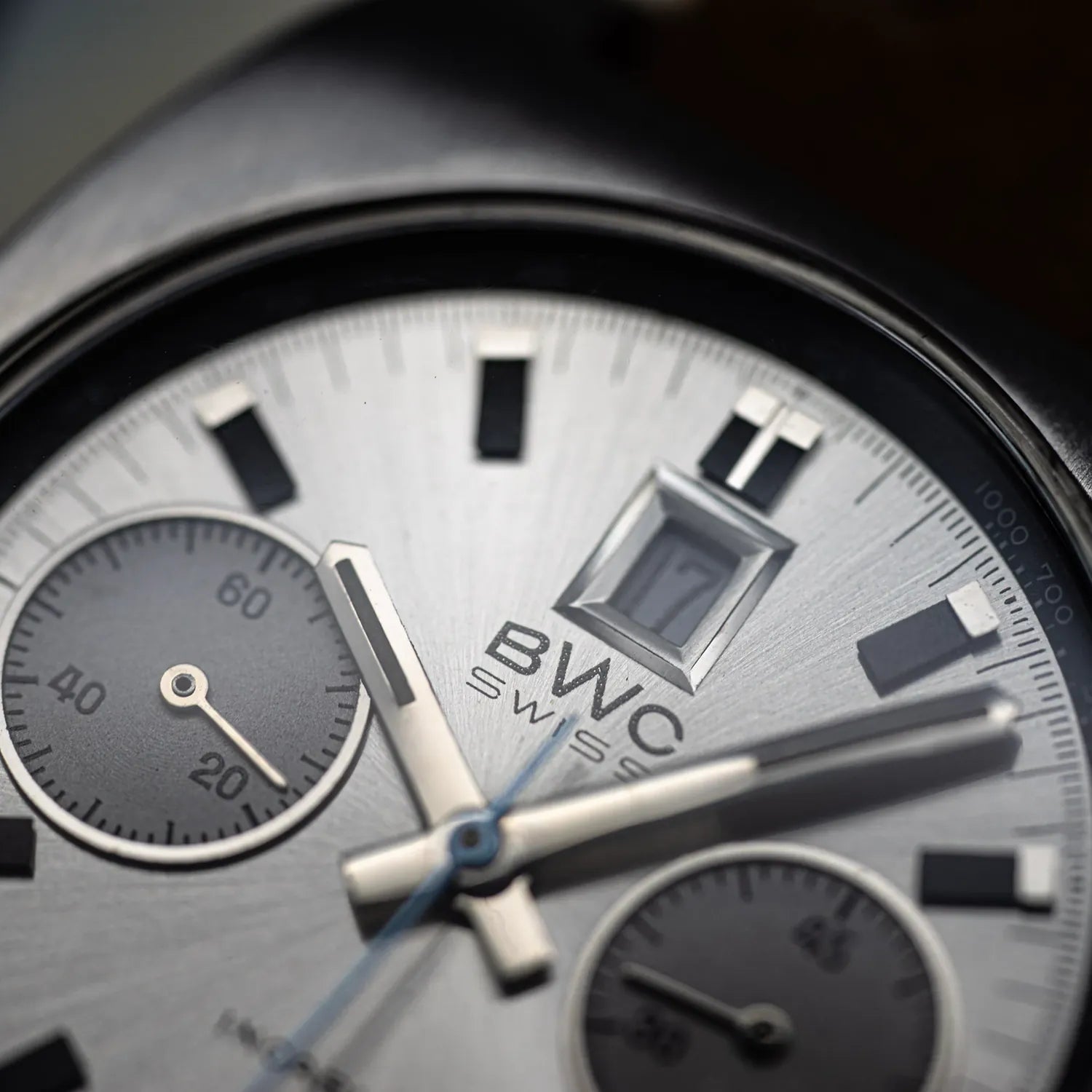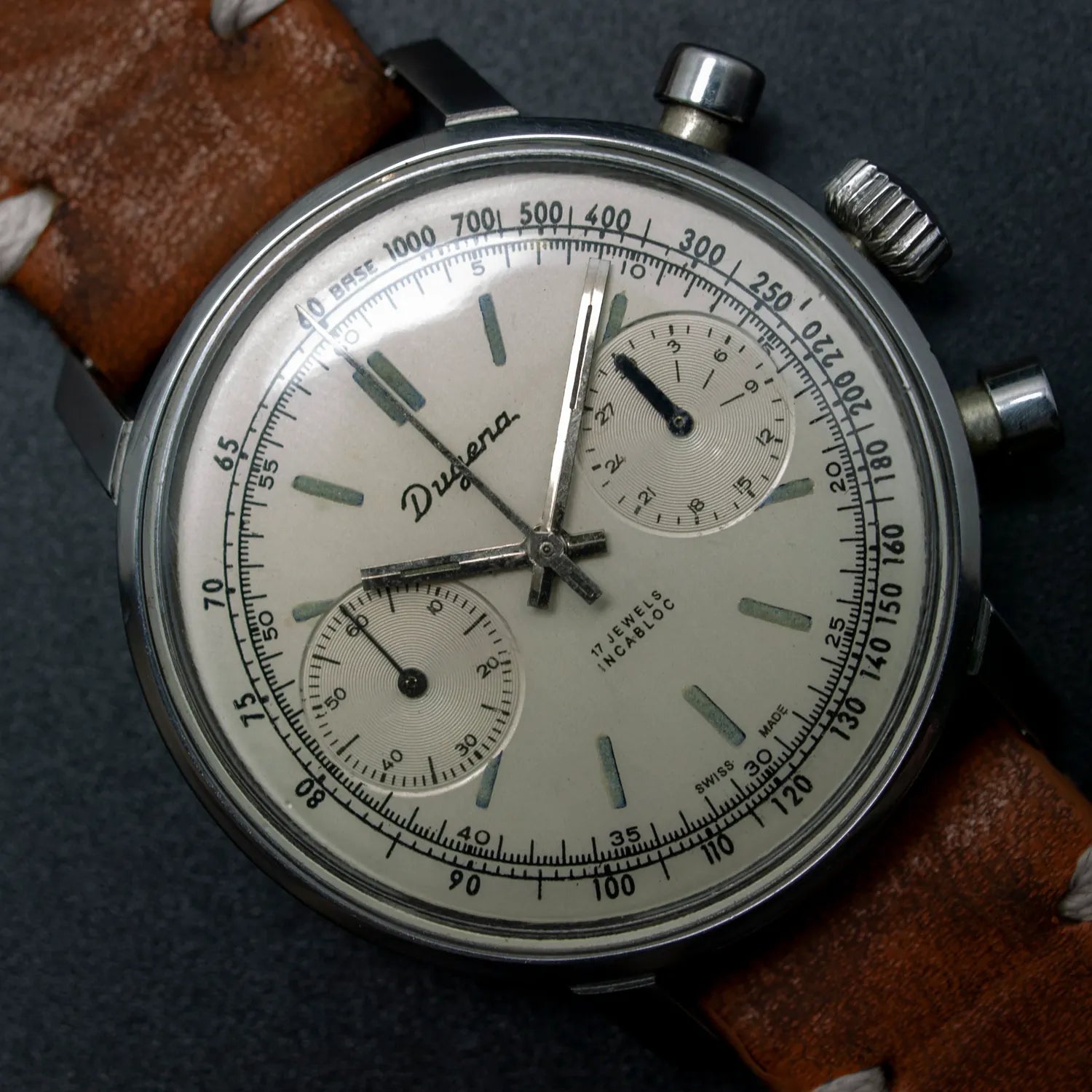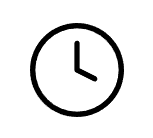Filters
Didn’t find the reference you had in mind? Explore our vintage watches — fully serviced with a 12-month warranty.
Everyday Use: Timing Functions, Readability & Reliability
Chronographs add practical utility to daily wear: central seconds for timing, 30/45/60-minute counters, and legible scales like tachymeter or telemeter. Listings note pusher feel, reset alignment, and timing checks so you know how the watch performs off the wrist and on it. Expect balanced, under-the-cuff proportions, high-contrast dials for quick reads, and clear guidance on operation and care.
Cases, Dials & Iconic Layouts from the 1960s–1990s
Discover stainless-steel and gold-plated cases with pump or screw-down pushers, domed acrylic or mineral crystals, and classic bi-compax or tri-compax layouts—including panda and reverse-panda designs. Some references feature rotating bezels for elapsed time or diving. Each listing provides model references, estimated production years, honest originality/condition grading, and detailed photos to help you compare and choose confidently.
Chronograph Vintage Watches – Frequently Asked Questions
Can I wear a vintage chronograph every day—and what about water and using the pushers?
A well-serviced vintage chronograph can be a dependable daily watch, but keep it dry. “Waterproof” is no longer used in watchmaking; aging gaskets and tolerances mean even formerly water-resistant pieces shouldn’t be worn for swimming or showers. Never press chronograph pushers in or near water, and have seals checked periodically by a watchmaker.
How often should a vintage chronograph be serviced, and what’s unique about servicing chronos?
As a rule of thumb, plan a full service about every 5–8 years depending on use. Chronographs are more complex than time-only watches, so service typically includes the chronograph module (clutch/column wheel or cam system), replacement of crown/pusher gaskets, regulation, and pressure testing where prudent. Documented servicing improves reliability and value.
Which vintage chronograph movements are historically important (and why does that matter)?
Collectors prize the 1969 “first automatic chronograph” cohort: Zenith El Primero (high-beat 5 Hz), Seiko 6139 (among the earliest to market and first automatic chronograph in space on Skylab 4), and the Swiss Calibre 11 consortium effort. Their innovation, provenance, and parts ecosystems support long-term desirability.
How do I verify authenticity/originality before buying a vintage chronograph online?
Match the reference and serial to the correct production period, confirm the movement caliber is correct for that reference, and scrutinize dial printing, sub-dial layout, hands, crown/pusher signatures, and case engravings. Review clear movement and case-back photos and compare against trusted archives or brand guides; reputable sellers should provide this documentation.


